The Best Parks in Spain
Thursday, November 27, 2025
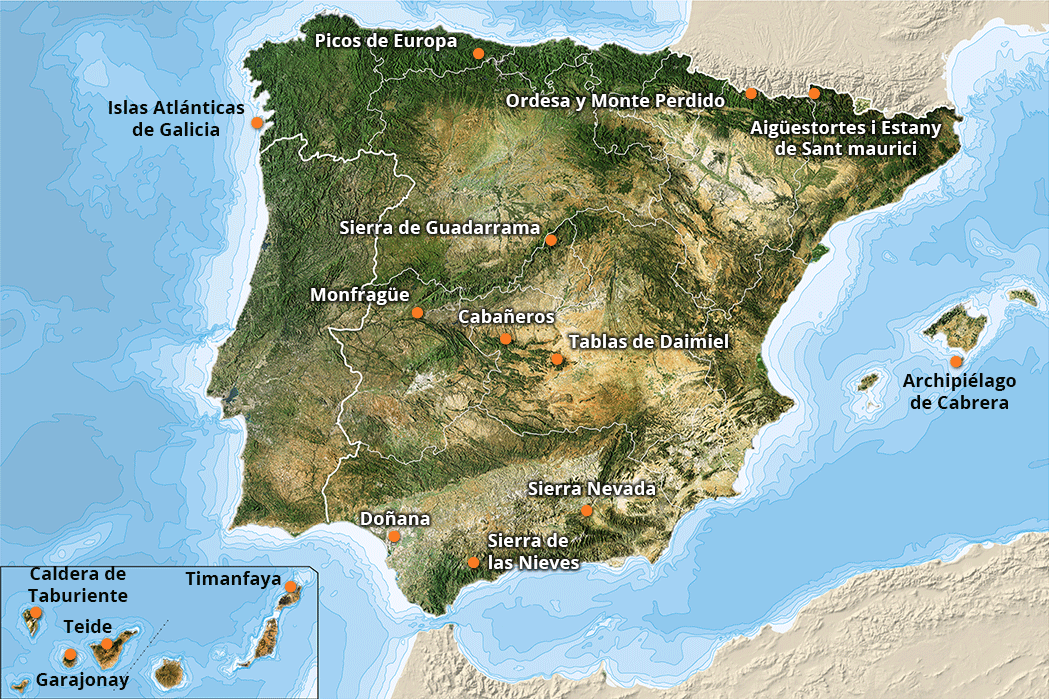
Spanish geography is marked by a large number of green spaces where we can discover rich and wide biodiversity. Places where we can escape to breathe clean air, do all kinds of activities or simply admire the landscape. With this in mind, I am going to briefly review the best national, natural and regional parks in the country following the recommendations of Antonio Puente in his book 'Spain Inédita: 100 fascinating places you should know' (GeoPlaneta).
Galicia
Cies Island.
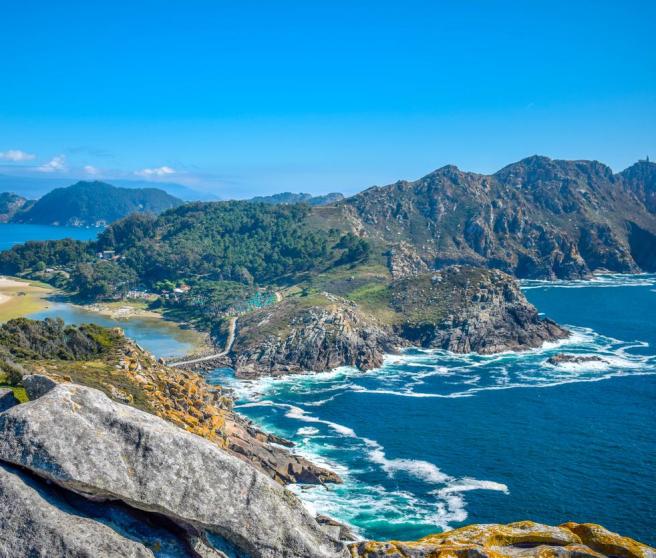
In Galician lands, we find the National Maritime-Terrestrial Park of the Atlantic Islands, which extends from the Arousa estuary to the Vigo estuary. It is in its rich seabed where its most precious jewels are found: wide biodiversity guarded by ancient sunken ships. On the other hand, the Fragas do Eume Natural Park is one of the best preserved Atlantic riparian forests in all of Europe.
Asturias
Peaks of Europe.
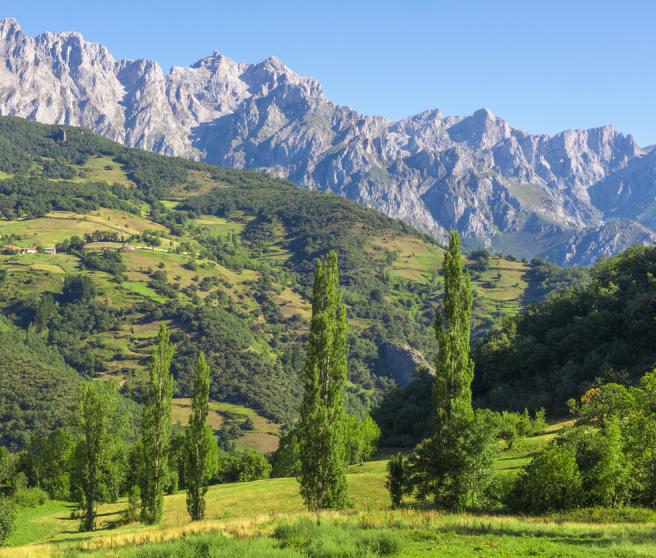
The Picos de Europa National Park extends into the Communities of Cantabria, Castilla y León and Asturias, although it is in the latter where it occupies the most space. It stands out for its high peaks, its beautiful lakes and a landscape marked by glacial erosion.
Basque Country
Aizkorri-Aratz Natural Park.

Located between the provinces of Álava and Gipuzkoa, the Aizkorri-Aratz Natural Park stands out for its limestone mountains and extensive beech forests. In addition, here is the highest peak in the Basque Country, Aitxuri, 1,551 meters in height, and the largest colony of griffon vultures in Gipuzkoa.
Navarre
Bardenas Reales Natural Park.
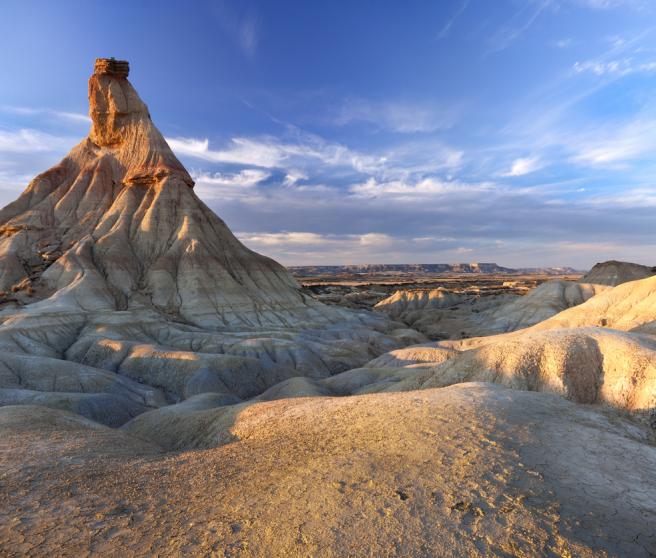
The Bardenas Reales Natural Park forms a harsh desert landscape of over 42,500 hectares. Its relief is spectacular and its fauna and flora are more typical of the African continent. It is an ideal place to explore on foot or by bicycle through its three paths.
Aragon
Ordesa and Monte Perdido National Park.
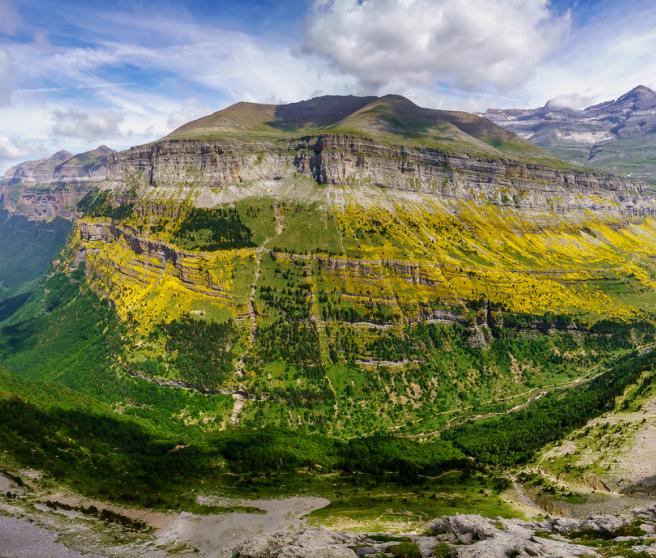
The Ordesa y Monte Perdido National Park is dominated by a huge 3,355-meter massif, to which are added forests, meadows, caves, canyons and waterfalls. For its part, the Posets-Maladeta Natural Park contains the highest peaks in the entire Spanish Pyrenees.
Catalonia
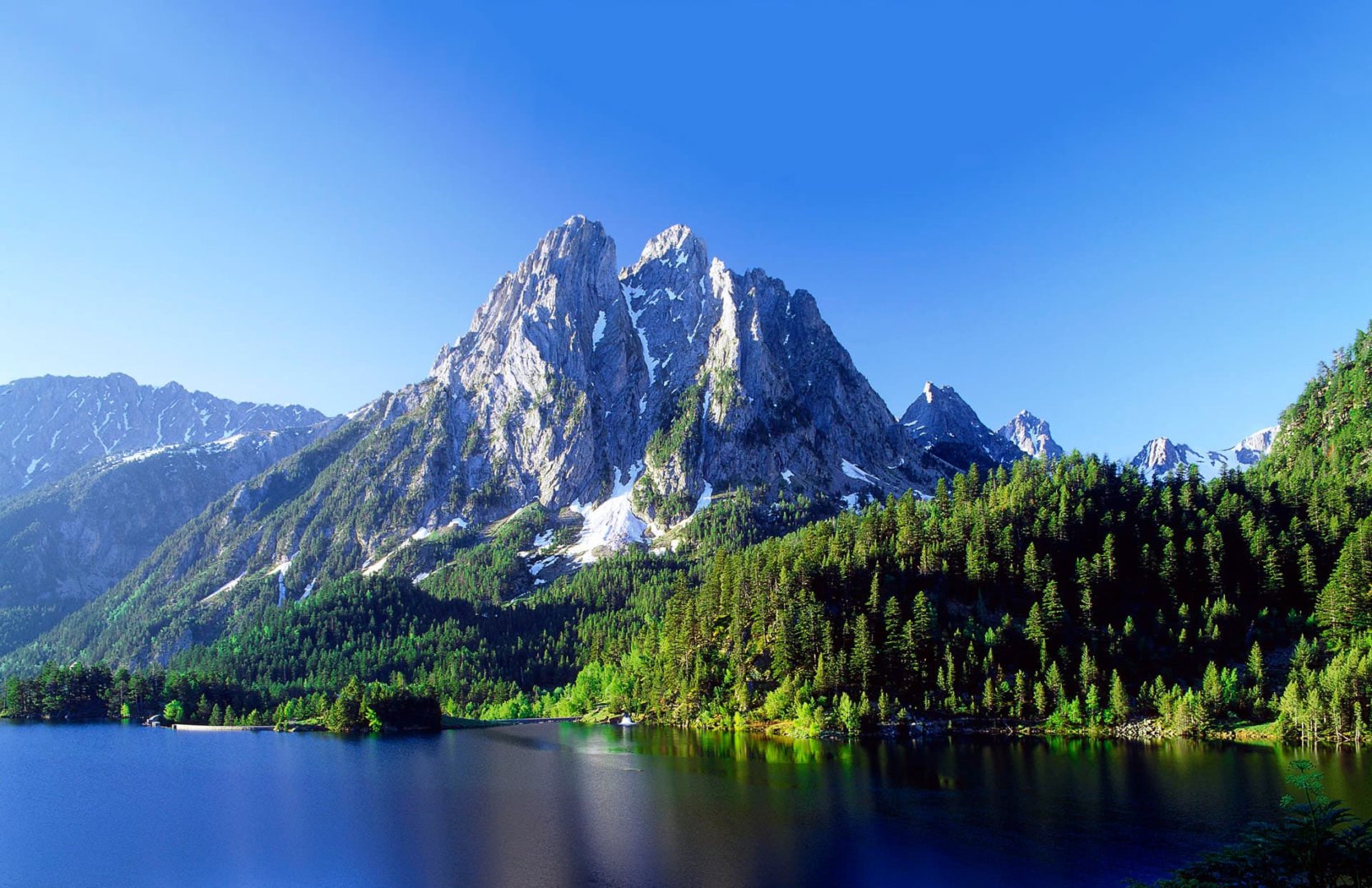
More than 200 lakes form the landscape of the Aigüestortes i Estany de Sant Maurici National Park, as well as its cliffs known as Els Encantats and its beautiful high mountain meanders. Likewise, in Catalonia, we also find the Ebro Delta Natural Park, one of the most important aquatic habitats in the western Mediterranean.
Castile and Leon
Laguna de Peñalara in the Sierra de Guadarrama.
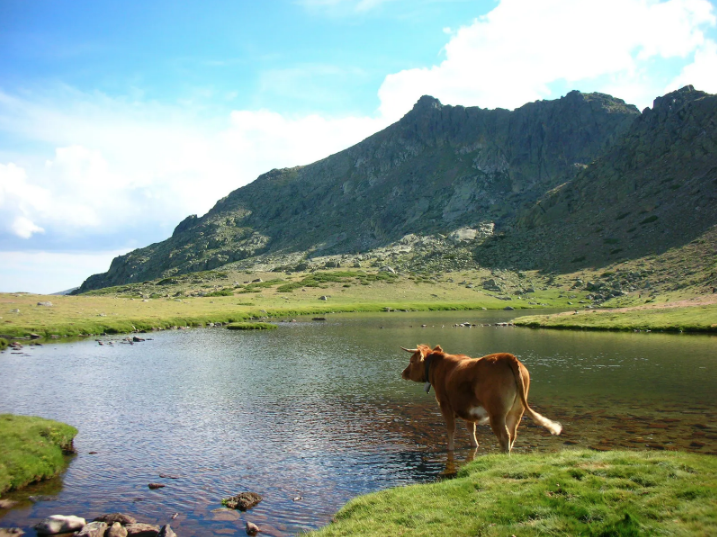
In the south of Castilla y León, the Sierra de Gredos Regional Park extends, the highest in the interior of Spain. Here we find lagoons, cliffs and gorges marked by glaciations. On the other hand, shared with the Community of Madrid, the Sierra de Guadarrama National Park crosses the centre of the Iberian Peninsula from east to west, leaving behind rich biodiversity.
Extremadura
Monfrague Natural Park.
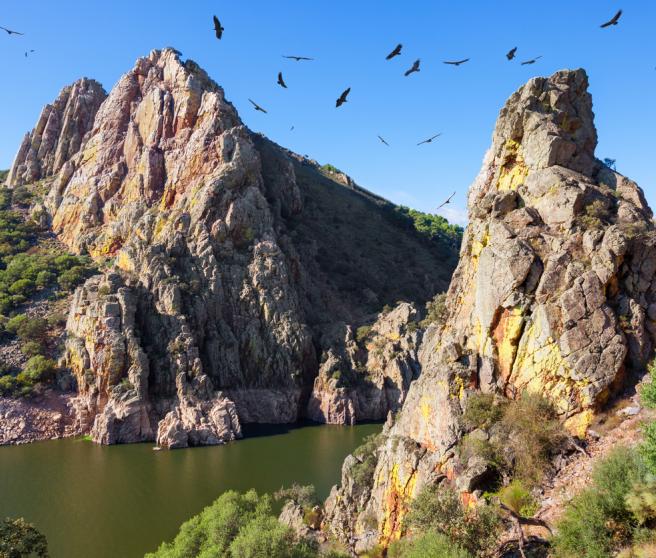
The Monfragüe National Park has the Tagus River as its backbone, which crosses gentle mountains and extensive meadows. In this place, we can enjoy bird watching, and even contemplate fauna in danger of extinction.
Castilla la Mancha
Tablas de Daimiel
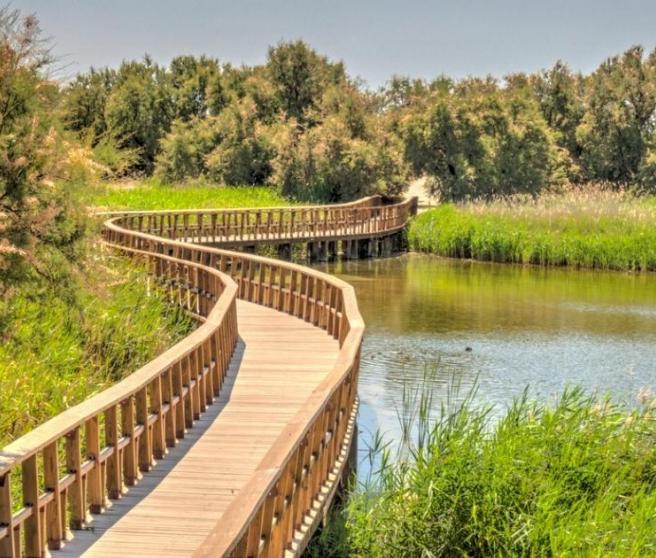
One of the most valuable spaces in the Montes de Toledo is the Cabañeros National Park, home to large birds of prey or black storks. All this is dominated by extensive valleys and high peaks. The Tablas de Daimiel National Park is a unique wetland in Europe since it is the last representative of the ecosystem known as fluvial tables.
Valencia
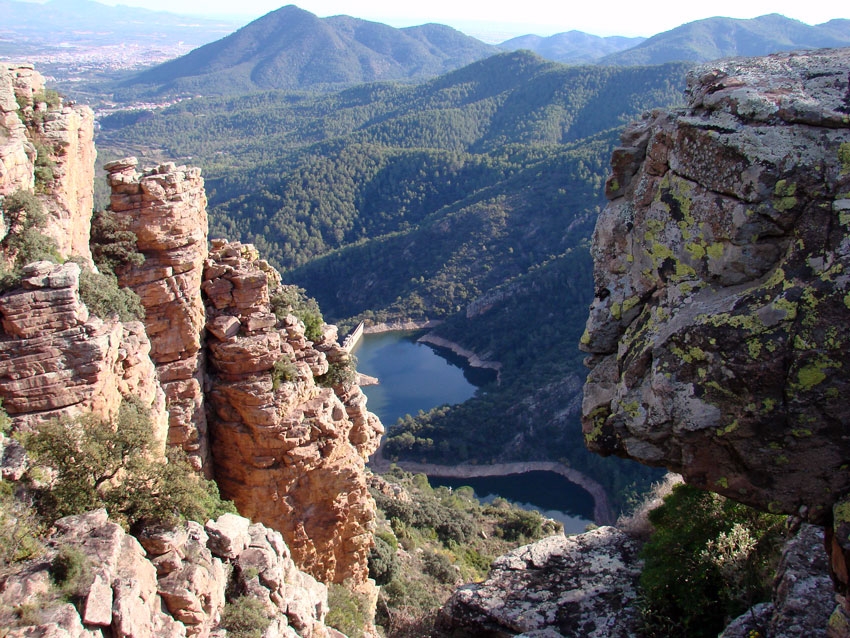
The Sierra de Espadán Natural Park is marked by a mountainous massif full of springs, leafy ravines and forests. Added to this is a landscape that combines a rugged relief with a humid climate.
Balearic Islands
Cabrera Bay.
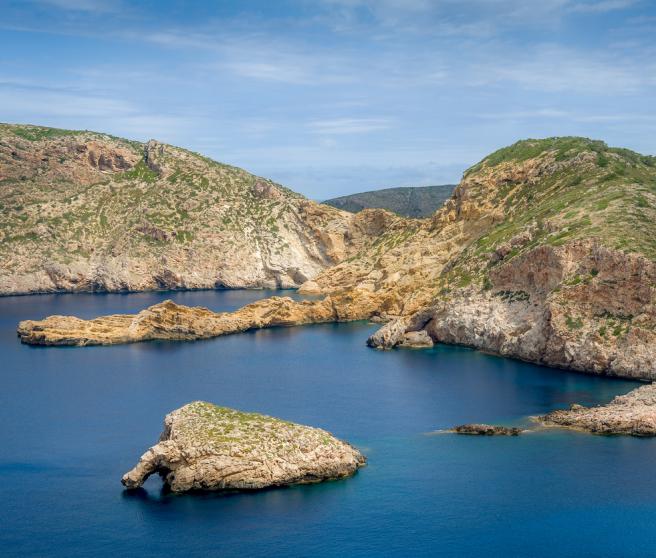
To the south of the island of Mallorca, we find the Cabrera Archipelago National Maritime-Terrestrial Park, a practically virgin ecosystem that is home to large colonies of seabirds, an incredibly well-preserved seabed and even some endemic species.
Murcia
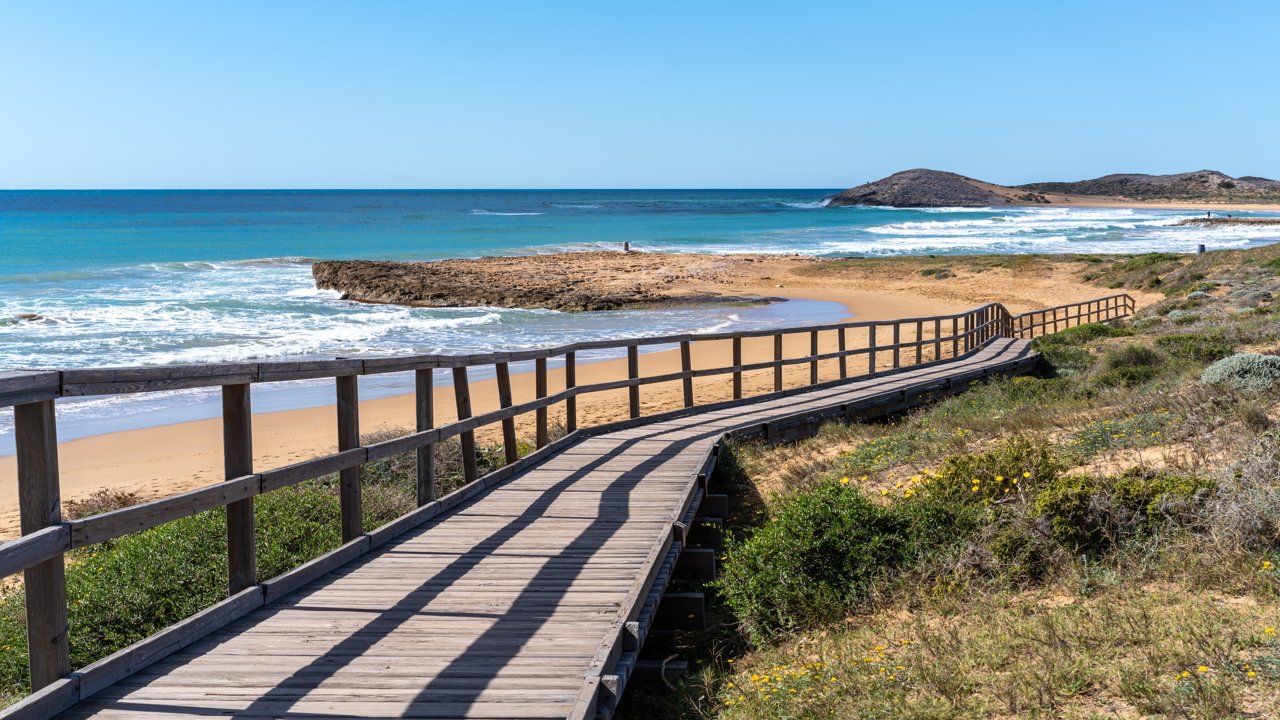
The Calblanque, Monte de las Cenizas and Peña del Águila Regional Park is located at the eastern end of the Murcian coast, specifically between Cabo de Palos and Portmán. Its landscapes are very varied, being able to find everything from pine forests to sandbanks, passing through salt flats.
Andalusia
Sierra Nevada.
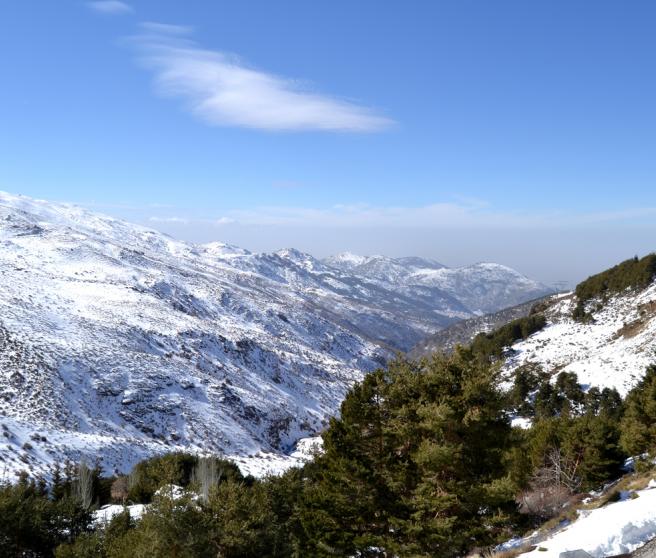
The latest addition to the national parks is Sierra de las Nieves, due to its great botanical interest, mainly for its Spanish firs. Likewise, the Sierra Nevada National Park stands out for its high snow-capped peaks most of the year. While the Doñana National Park is made up of an immense wetland where ecosystems as varied as beaches, dunes or marshes come together.
Canary Islands
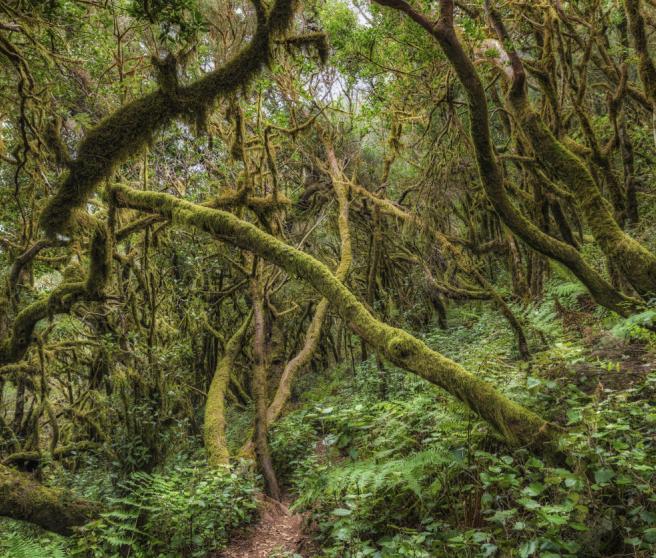
The Canary Islands are home to four national parks. On the island of La Palma is the Caldera de Taburiente, a huge circus 8 kilometres in diameter. For its part, the Garajonay National Park, in La Gomera, is characterized by its large extensions of laurel forest.
In Tenerife, the Teide National Park is home to the highest peak in all of Spain, as well as its unique nature. And finally, the Timanfaya National Park, in Lanzarote, is home to a large number of endemic animals and plants.
 1
Like
Published at 12:18 PM Comments (0)
1
Like
Published at 12:18 PM Comments (0)
Seville Crowned Europe's Happiest City for 2025, According to Locals
Friday, October 24, 2025
Time Out has officially released its annual ranking of Europe's happiest cities, based on the insights of thousands of residents. Topping the continental list—and securing a spot in the worldwide top ten—is the sun-drenched Spanish city of Seville.
The ranking is drawn from a survey of 18,500 city-dwellers, who were asked to rate their home on factors contributing to overall happiness. The survey focused on whether locals felt happier in their city than elsewhere, if people seemed positive, and if they found "joy in the everyday experiences."
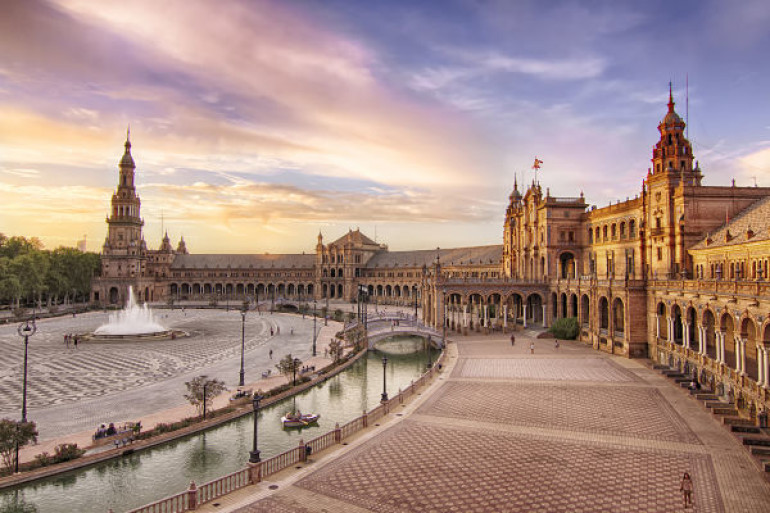
Seville's Formula for Joy
Seville’s residents responded overwhelmingly with positivity, making it the happiest city in Europe. A staggering 91 percent of locals surveyed reported that their city makes them happy. Digging into the details, 86 percent of residents said they found joy in the everyday and felt their neighbours were positive, indicating a strong sense of community and daily delight. Furthermore, 74 percent agreed that the city's sense of happiness had grown recently.
Iberian Peninsula Shines
The Iberian nations of Spain and Portugal dominated the top rankings. Spain, in particular, proved to be a country of contented residents, claiming half the spots in the top 10. Beyond Seville, Valencia secured fourth place, and the nation's capital, Madrid, rounded out the list at tenth.
Perhaps the most remarkable finding came from Bilbao, which landed seventh place. An incredible 100 percent of residents surveyed in the Basque city reported being happier there than in any other place they had lived.

Portugal also made a strong showing, with its two largest cities, Porto and Lisbon, claiming third and eighth place, respectively.
The UK's Strong Showing
The United Kingdom was the only other country represented in the European top ten, securing four spots. Both England and Scotland saw successful entries, with Brighton taking an impressive second place and London coming in sixth. Up north, Scotland’s capital, Edinburgh (9th) and Glasgow (5th) both made the grade, cementing the UK's position as a hub for happy city-dwellers.
In total, Europe's top 10 happiest cities for 2025 were found to be concentrated exclusively in three countries: Spain, the UK, and Portugal.
Europe's 10 Happiest Cities, According to Locals:
1. Seville
2. Brighton
3. Porto
4. Valencia
5. Glasgow
6. London
7. Bilbao
8. Lisbon
9. Edinburgh
10. Madrid
 2
Like
Published at 9:31 PM Comments (1)
2
Like
Published at 9:31 PM Comments (1)
10 Best Forests to Visit This Season
Friday, October 3, 2025
Here are 10 stunning forests to visit this season. Autumn is around the corner, and there will be some beautiful colours to discover. Escape the city and breathe some fresh air and admire these picture-perfect landscapes...
1. Forests of Ordesa (Huesca)
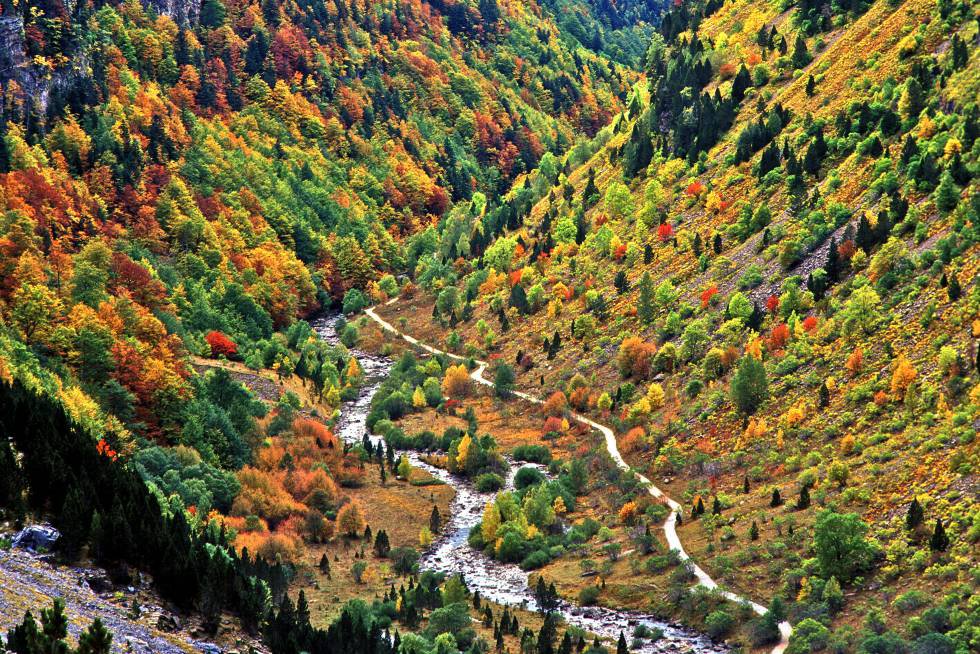
The charm of the Pyrenees’ most spectacular valley lies in this explosion of colour that skirts these mountains covered in oak, ash, maple, hazel and rowan trees straddling the River Arazas.
2. Fuentes de Narces (Asturias)
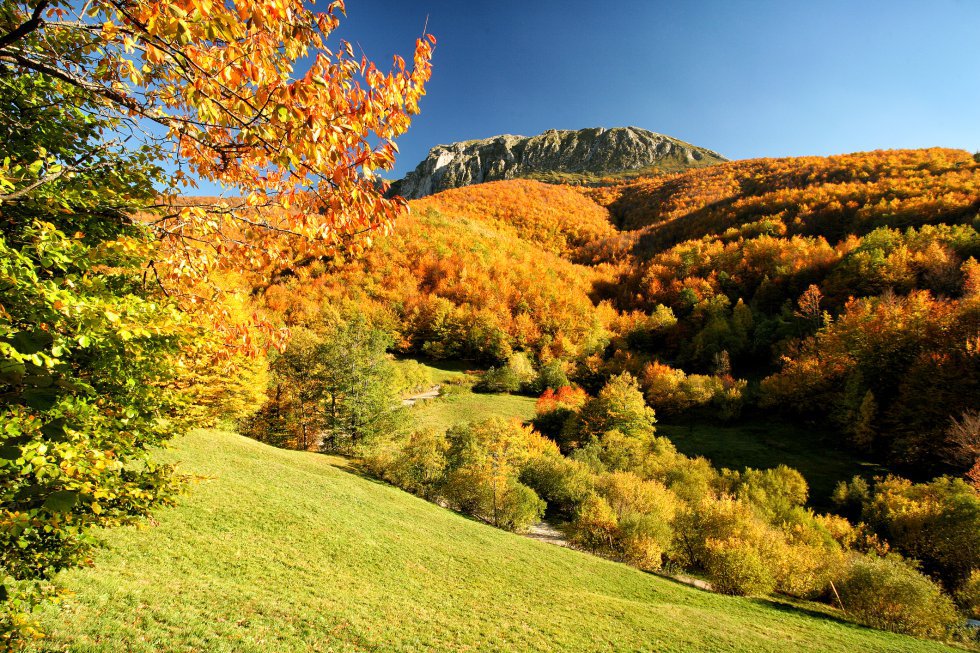
The slopes that lead down to the River Narcea are home to one of the biggest and healthiest deciduous forests in Spain, providing rich, nutritious food for the brown bears that live in the vicinity.
3. Fraga del Eume (A Coruña)
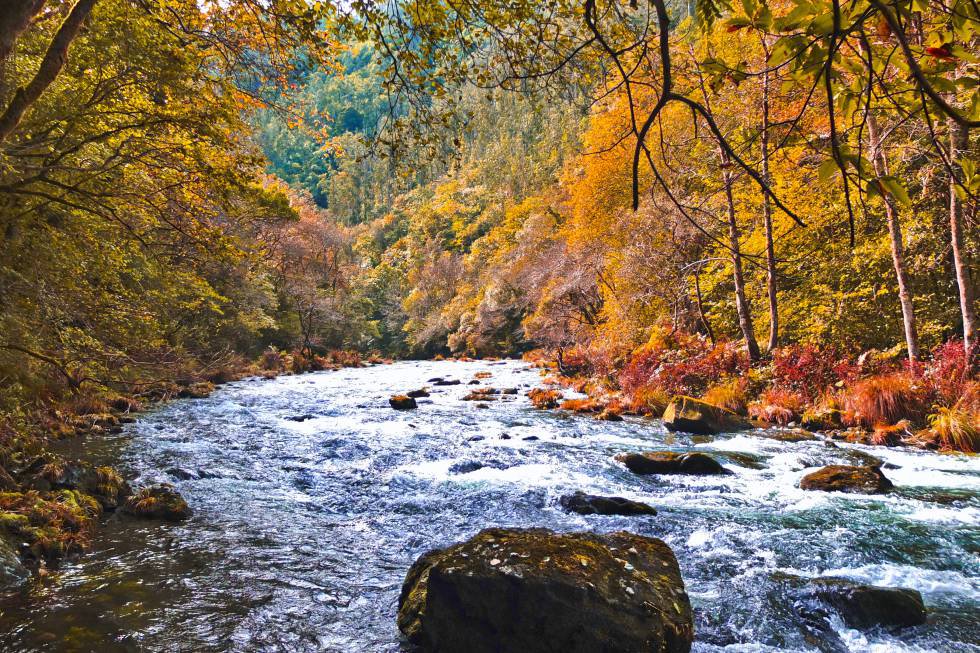
This Atlantic forest, situated further west than any other in Europe, is hanging on by a thread as cement and tarmac encroach on its territory. It’s still a beautiful spot though, and the location for the famed novel 'The Enchanted Forest' by Wenceslao Fernandez Flórez.
4. Montes de Redes (Asturias)
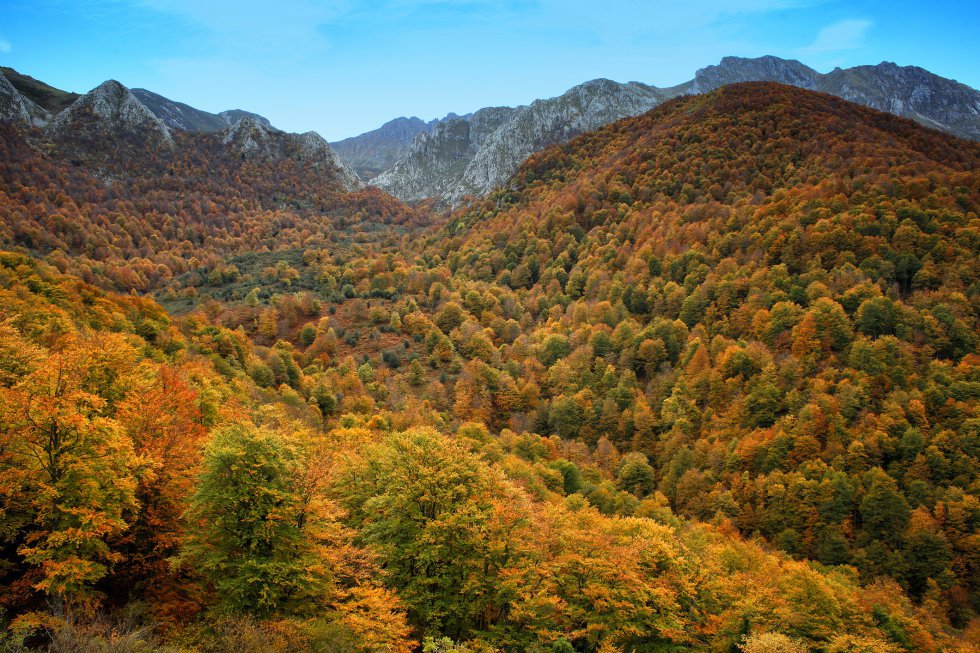
The upper basin of the Nálon River, in the Asturian municipality of Caso, is covered with the wild forests of Redes, where brown bear and wolves roam amid the beech, oak and chestnut trees that are also home to chamois and grouse.
5. Dehesa del Moncayo (Zaragoza)
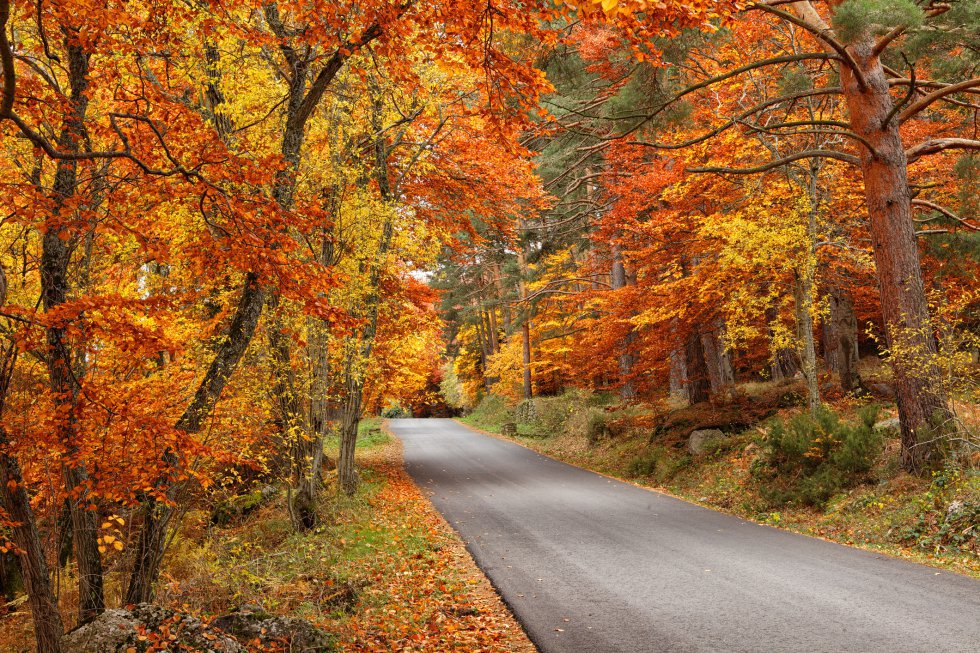
Moncayo Mountain rises like an Atlantic island in the middle of the Mediterranean, offering shade and a splash of rich colour. Thick with beech trees and surrounded by holm oaks, olive trees and vineyards, this is a mystical corner of the peninsula where many seek spiritual solace amid the foliage.
6. The Saja Forest (Cantabria)
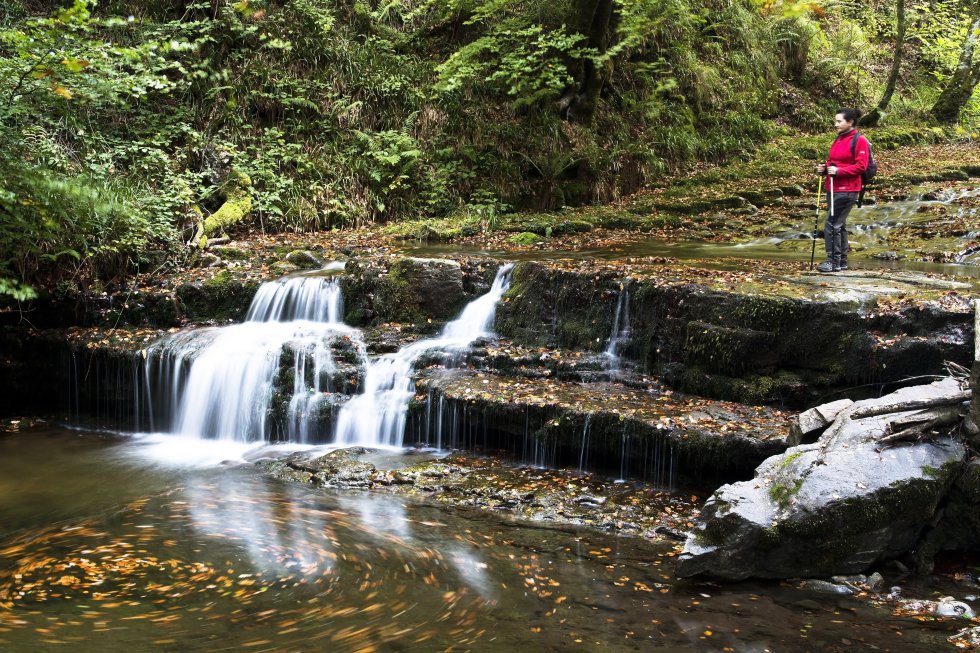
The Palombera pass is the crowning glory of the forests of the Saja River in the fall. The ancient woodlands hide a maze of paths traditionally used by mountain dwellers, who left their valleys to occupy the lands of Castile, retaken in the year 1,000 AD. The photo shows the waterfalls at the Pozo de la Arbencia inside Saja-Besaya Natural Park.
7 Tejera Negra (Guadalajara)
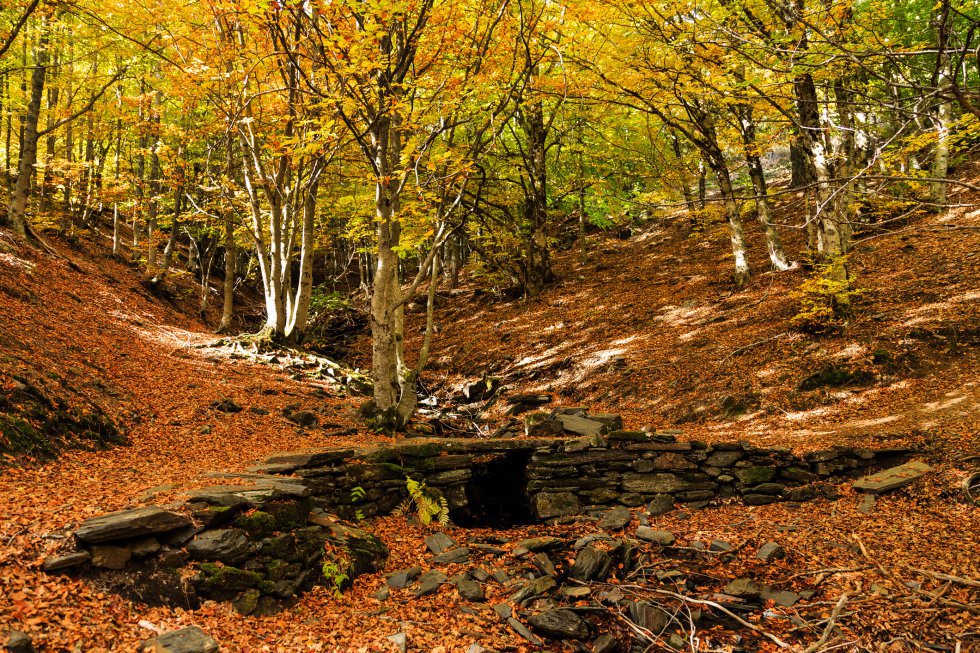
Fall paints the landscape of the Ayllón massif between Segovia and Guadalajara, where beech trees mingle with yew trees. Against the odds, this forest has survived the hot dry Guadalajara climate as though a woodland spell is at work.
8. Selva de Oza (Huesca)
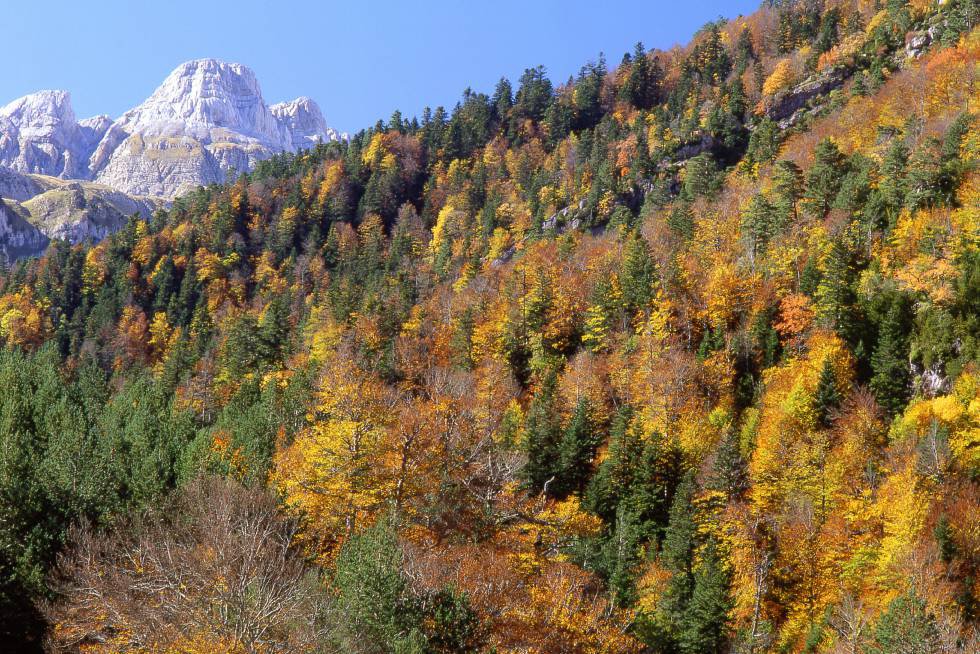
The high valley of Hecho in Aragón is crowned with an old untouched forest of beech and firs and black pines marching along the ridges. Below is the mountain gorge at the Boca del Infierno that twists upwards to the source of the River Aragón Subordán – the point where the mountains enclose this Pyrenean treasure whose very remoteness has saved it from the axe.
9. Valle de Iregua (La Rioja)
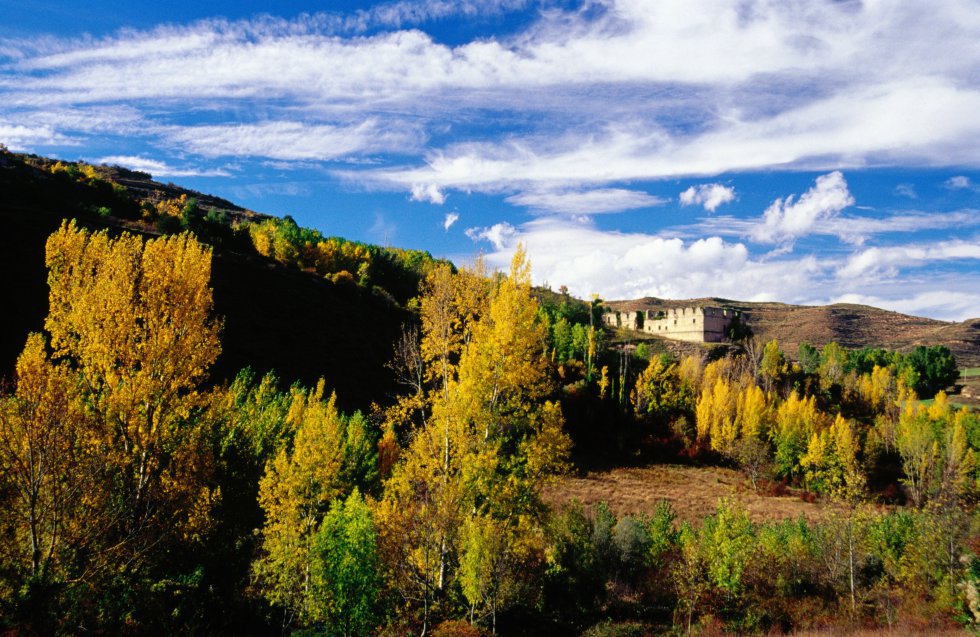
The Cameros hills conceal within their folds a beautiful beech wood, close to the source of the River Iregua. Surrounded by a semi-alpine pasture that has served nomadic cattle farmers for centuries, these beech trees account for the last native deciduous forest in the region.
10. Monte de Santiago (Burgos)
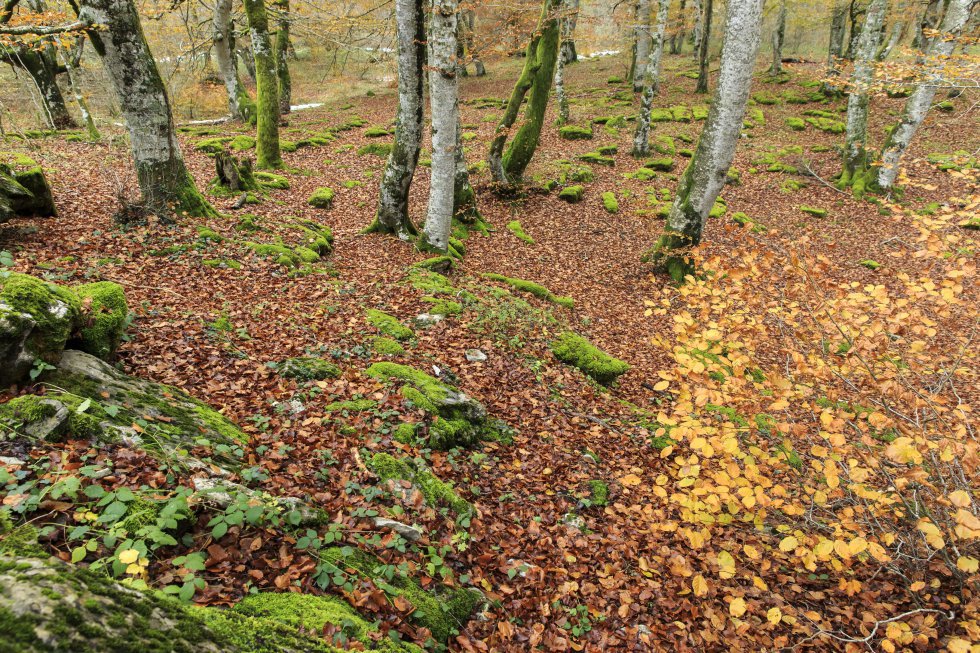
The source of the Nervión River is tucked away among the leafy beech forests of Santiago that begin at the cliffs of the Salvado mountains and advance down towards the meadows of the Arrastaria valley in Alava. The forests are constantly doused in moisture by the dense mists that also feed the river and ensure that the Salto de Nervión waterfall – considered the highest in Spain – remains a spectacular sight.
 1
Like
Published at 9:03 PM Comments (0)
1
Like
Published at 9:03 PM Comments (0)
The Most Beautiful Village in Spain: The People Have Voted
Friday, September 12, 2025
While beauty is often in the eye of the beholder, the travel community of Fascinating Spain has come together to crown the most beautiful village in the country. Their readers and social media followers, considered "true experts" on Spain, have cast their votes to create a definitive list that moves beyond the usual suspects.
Many well-known villages received mentions, including the charming Hondarribia, the medieval gem Besalú, the coastal fortress of Peñíscola, and the artistic haven of Cadaqués. However, a new champion has emerged from the crowd.
The countdown of the top five is as follows:
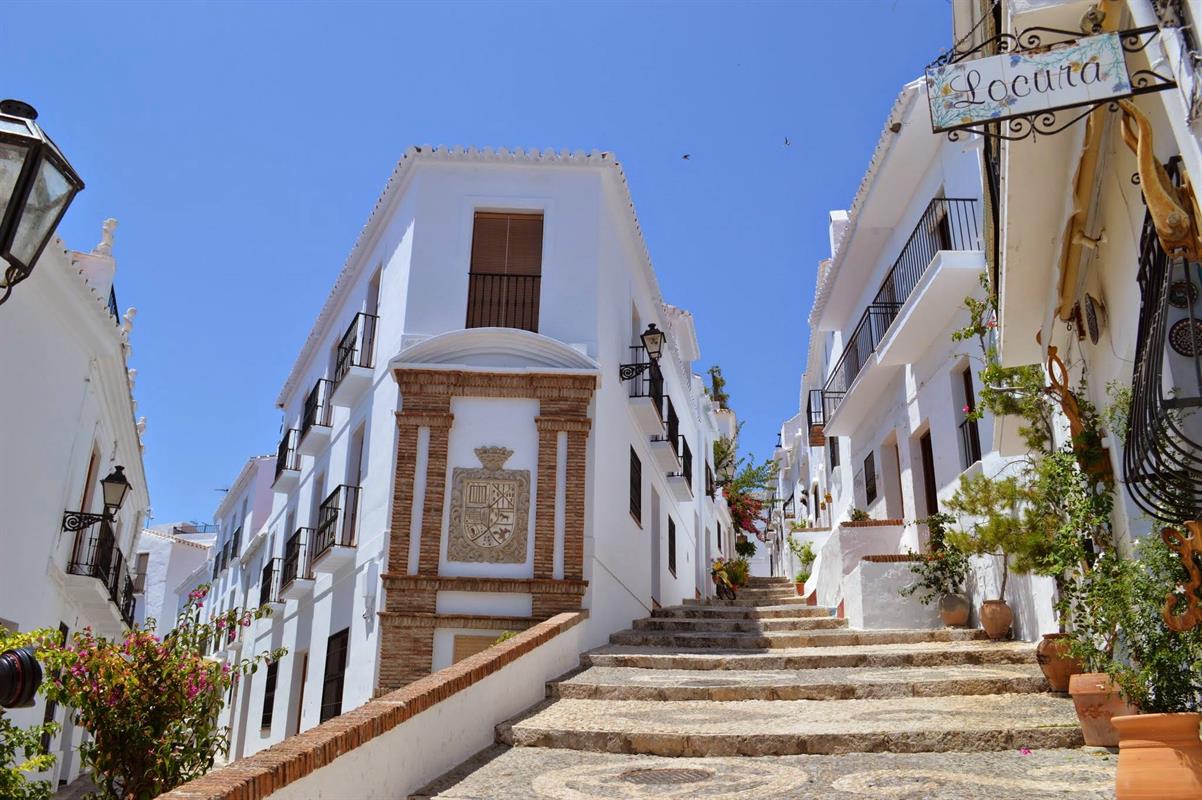
5. Frigiliana, Málaga: Located in the province of Málaga, this village is a stunning example of Andalusia's famous white villages. Its pristine streets wind through a landscape of breathtaking views, making it a favourite for those seeking classic Spanish charm.
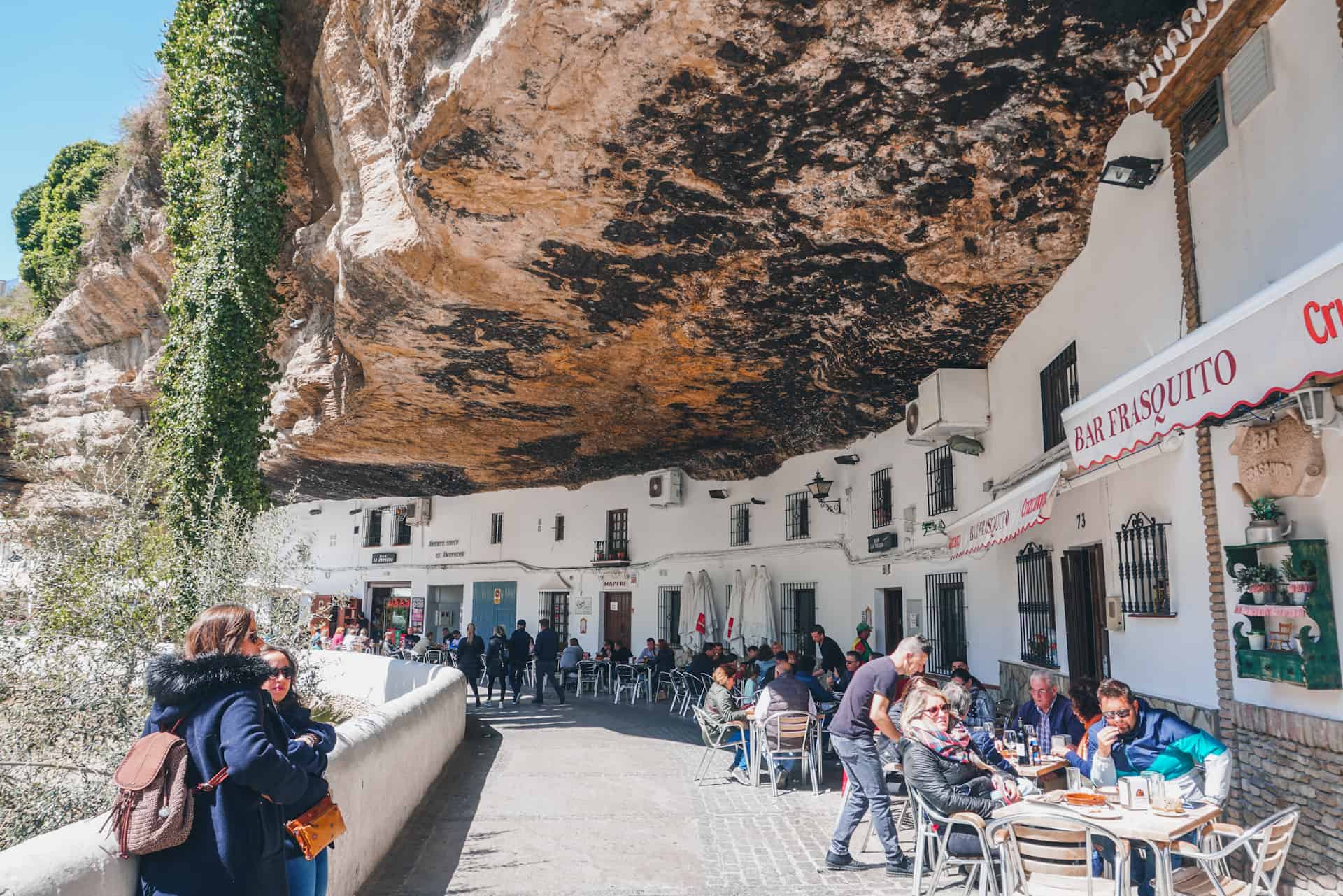
4. Setenil de las Bodegas, Cádiz: This village in Cádiz stands out for its unique architecture. Houses are built directly into the rock face of a gorge, creating a truly spectacular and unusual sight that has captivated many travellers.
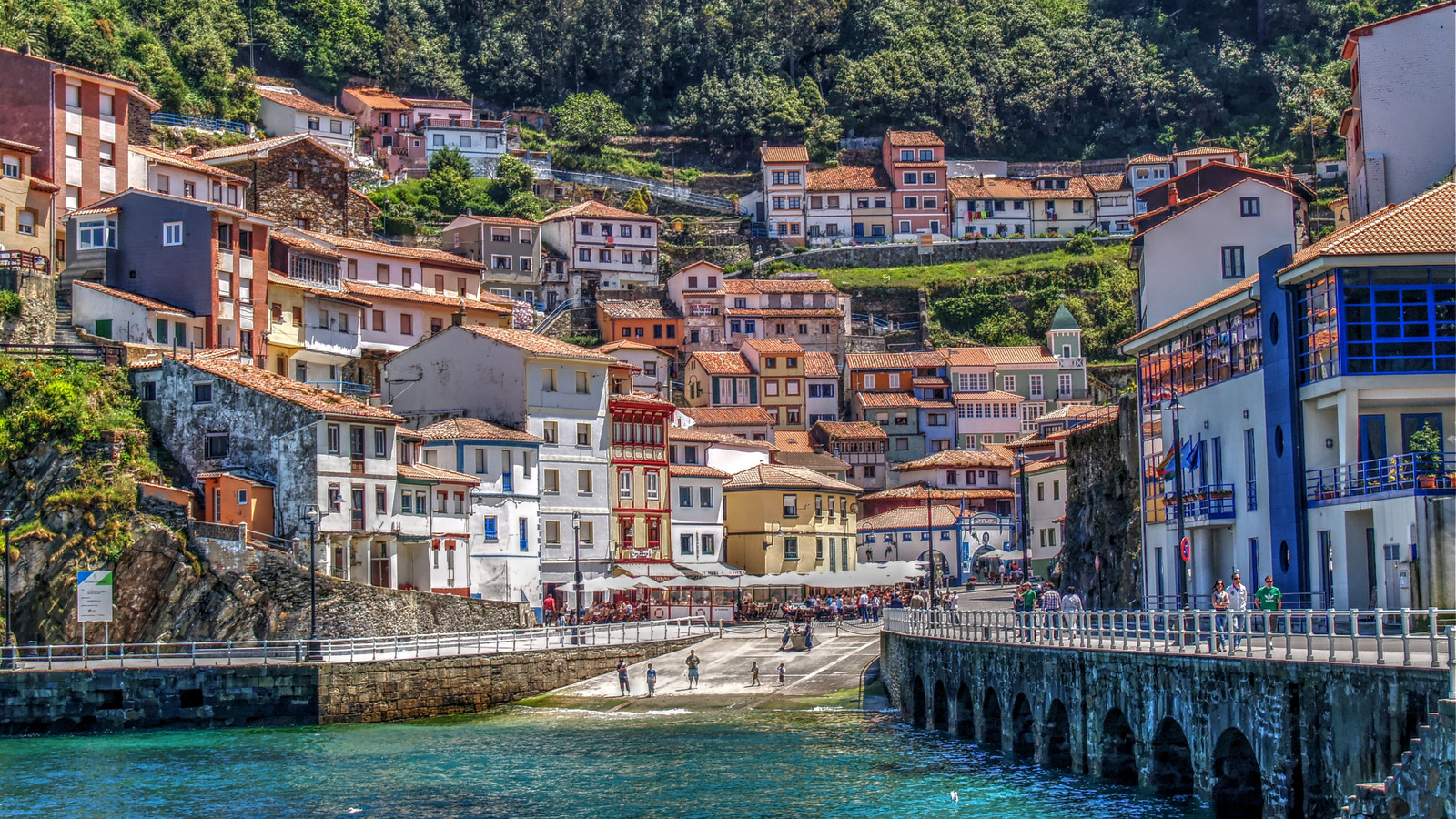
3. Cudillero, Asturias: A picturesque fishing village, Cudillero is perched on the cliffs of Asturias. Its colourful houses cascade down the hillside towards the harbour, creating a postcard-perfect scene that earned it a bronze medal from the voters.
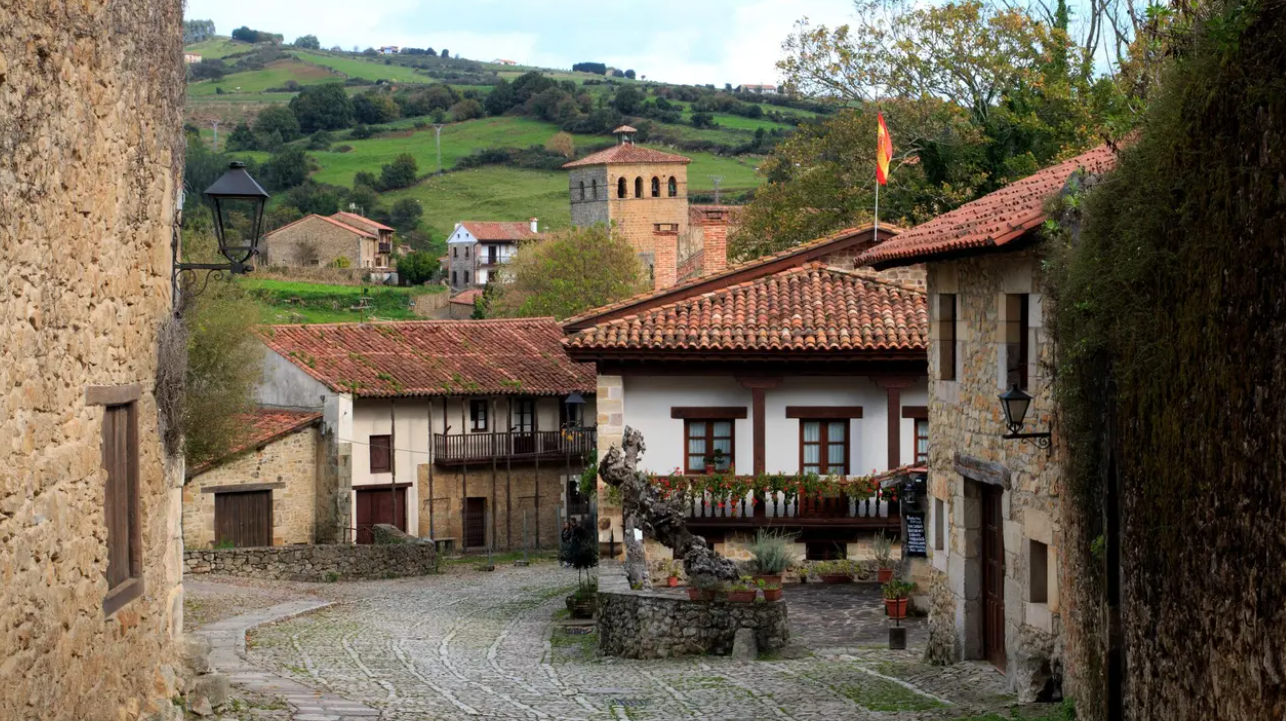
2. Santillana del Mar, Cantabria: Often referred to as "the town of three lies" (as it's neither holy, nor flat, nor by the sea), Santillana del Mar is a testament to traditional Cantabrian architecture. Its historical richness and close proximity to the Altamira Cave secured its spot at number two.
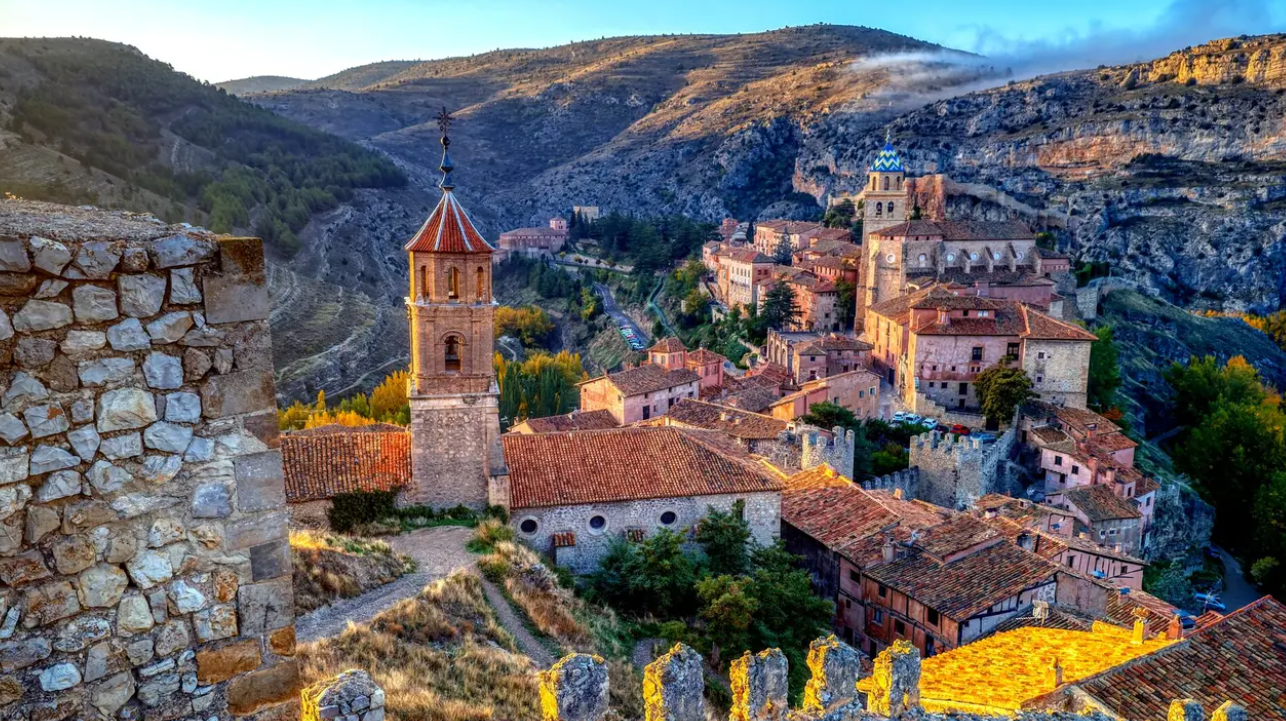
1. Albarracín, Teruel, Aragón: The undisputed winner is the medieval village of Albarracín. Tucked away in the province of Teruel, Albarracín is described as a "medieval fantasy." Its natural setting is breathtaking, with stone streets and an extraordinary historical heritage that sets it apart. It is this combination of history, nature, and preservation that led the travel community to declare it the most beautiful village in Spain.
 2
Like
Published at 10:35 PM Comments (0)
2
Like
Published at 10:35 PM Comments (0)
Best Places to Visit in Andalucia this Summer
Saturday, August 30, 2025
More than 1100 kilometres of coastline, two National Parks and cities such as Seville, Córdoba and Granada are the epitome of Andalusia, but there is so much more to this region. Roman ruins, villages that defy gravity, dizzying trails and rivers that appear to be from another planet. This too is Andalusia. Come discover these other destinations, those that aren't on the first page of the travel guides. They will make your jaw drop all the same. This is the ideal place for your next getaway. (In no particular order)
1. Archaeological Site of Baelo Claudia. Roman Andalusia
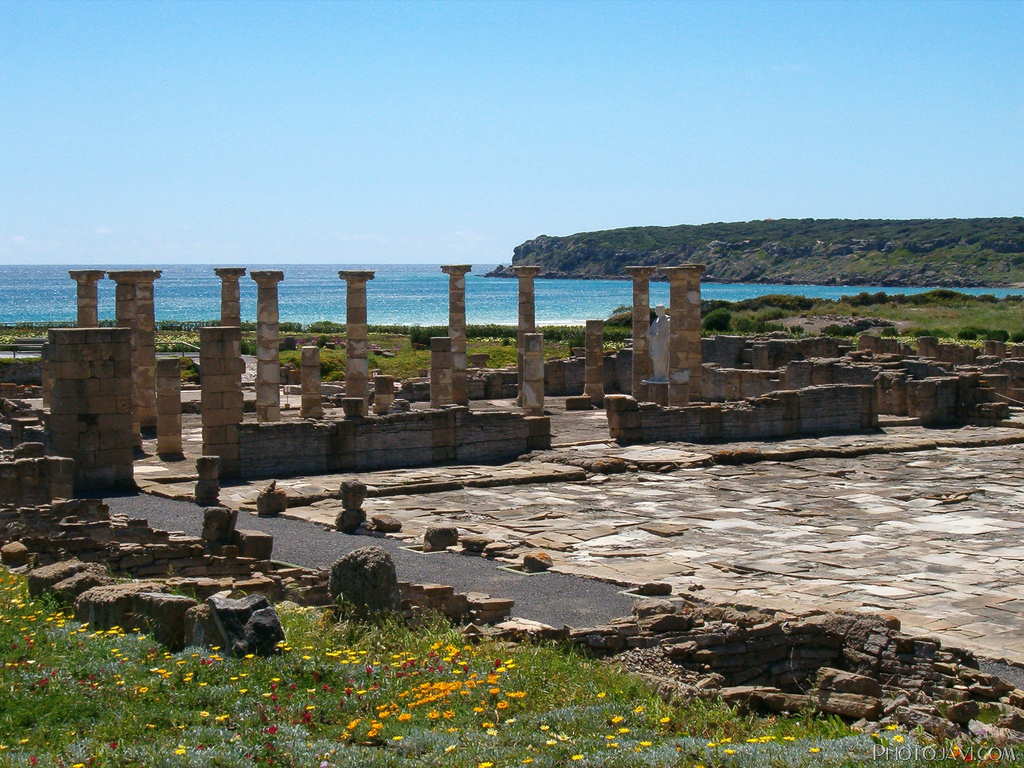
If you like archaeology, here are two places that cannot be missed. The first is in Santiponce (a mere 15 km from Seville), where the remains of the ancient Roman city of Italica (206 BCE.) are found. From here you can see its Roman amphitheatre and part of the outline of its streets. In Cádiz, only two and a half hours by car from here, you'll find the Archaeological Site of Baelo Claudia, one of the best known examples of Roman urban planning.
2. Caminito del Rey, Malaga
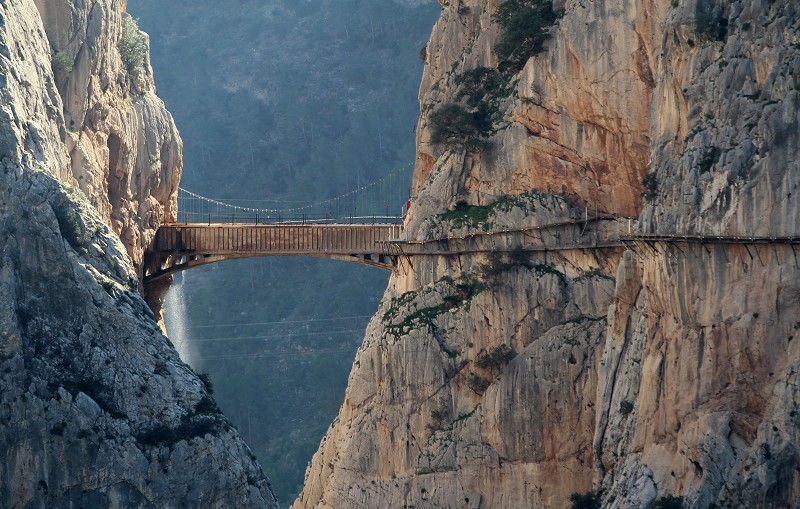
Leave your dizziness behind to enjoy the Gaitanes Gorge on this unique trail. It has a bridge hanging from the mountain's wall that in some stretches is barely a metre wide, and 100 meters tall. Although it has been closed to the public due to poor maintenance, after a long restoration process, it was reopened at Easter.
3. Río Tinto, Huelva.
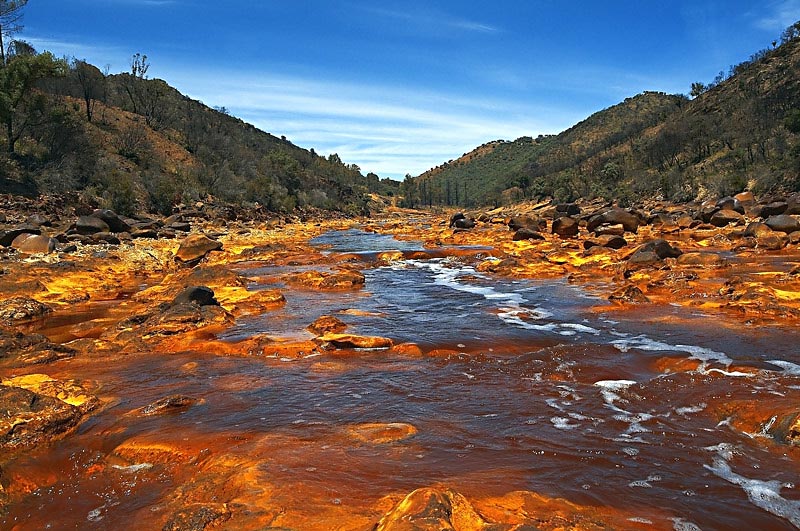
It's as if you were on Mars; the landscape seems dyed red along the Río Tinto, a river running through the province of Huelva. The peculiar colour of this river is due to the high concentration of heavy metals in underground aquifers. In addition to gazing at the river's extraordinary beauty, you can get closer to the Río Tinto with a visit to its Mining Park, where you will learn how the region was transformed thanks to mining.
4. Vejer de la Frontera, Cádiz.
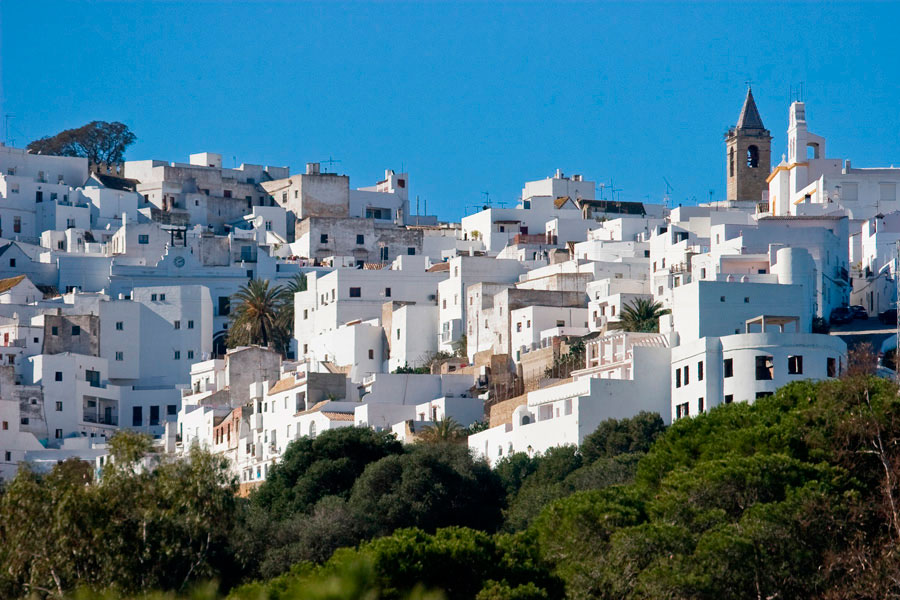
This is one of the white Andalusian towns where you'll run the risk of running out of memory on your camera, especially at its walled fortress which is perfectly preserved. Situated on a hill, Vejer shines almost to the point of making you squint. Nevertheless it is necessary to keep your eyes open to appreciate its incredible views that allow us to see the African coast
5. Casacada de la Cimbarra, Jaén
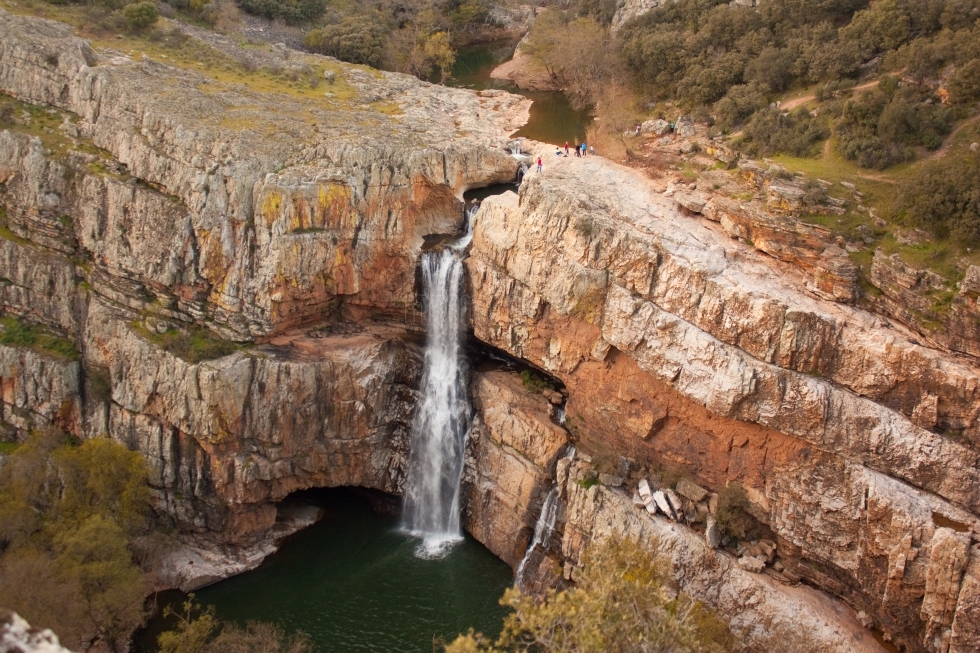
An impressive waterfall nearly 40 metres high is one of the best kept secrets in the province of Jaén. The town council of Aldeaquemada, the nearest village, recommends leaving your car at the foot of La Cimbarra and taking the path to the right in order to see the waterfall from its base, or taking the path on the left to see the waterfall head on.
6. Sierra de Grazalema. Grazalema, Cadiz
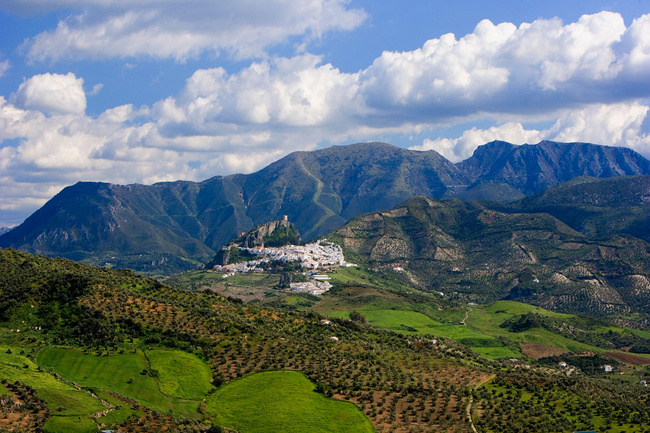
It's April year round in the Grazalema mountains. According to records it rains here more than anywhere else on the Iberian peninsula, something that makes this area one of the most ecologically valuable in Andalusia. The intense rainfall and the limestone terrain make this area a paradise for fans of rock climbing and caving as the landscapes are steep and there are many caves and grottos.
7. Cortegana, Huelva
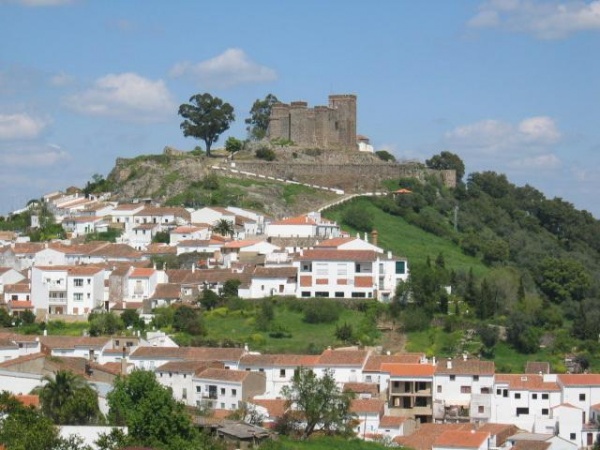
At only 60 kilometres from the Portuguese border you'll encounter a small medieval village with a gem to be discovered, the Sanchocuanto castle, where every August the most important Medieval fair in Andalusia takes place. In addition to the village's historic and architectural value, Cortegana is worth a visit for its natural beauty. The town is located in the middle of the Aracena mountain range, surrounded by valleys full of cork oak and chestnut trees.
8. Pasarela sobre el río Castril, Castril, Granada
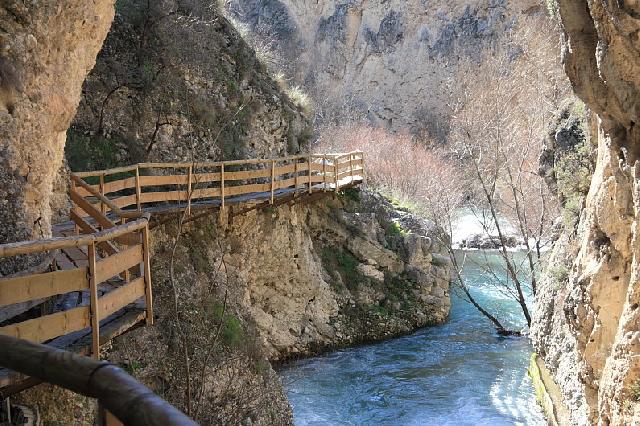
While the capital and the Sierra Nevada are the main tourist points in the province of Granada, there are other charming places in this area such as the Granada high plateau, a land of contrasts with nearly desert like terrain as well as high mountains. Here you'll find treasures such as the hanging footbridge over the Castril river, a spectacular 20 minute walk on the wooden footbridge through the river gorge. In addition to the village of Castril, it's also worth visiting Huéscar, the county's capital.
9. Vélez-Blanco. Castillo de Vélez-Blanco
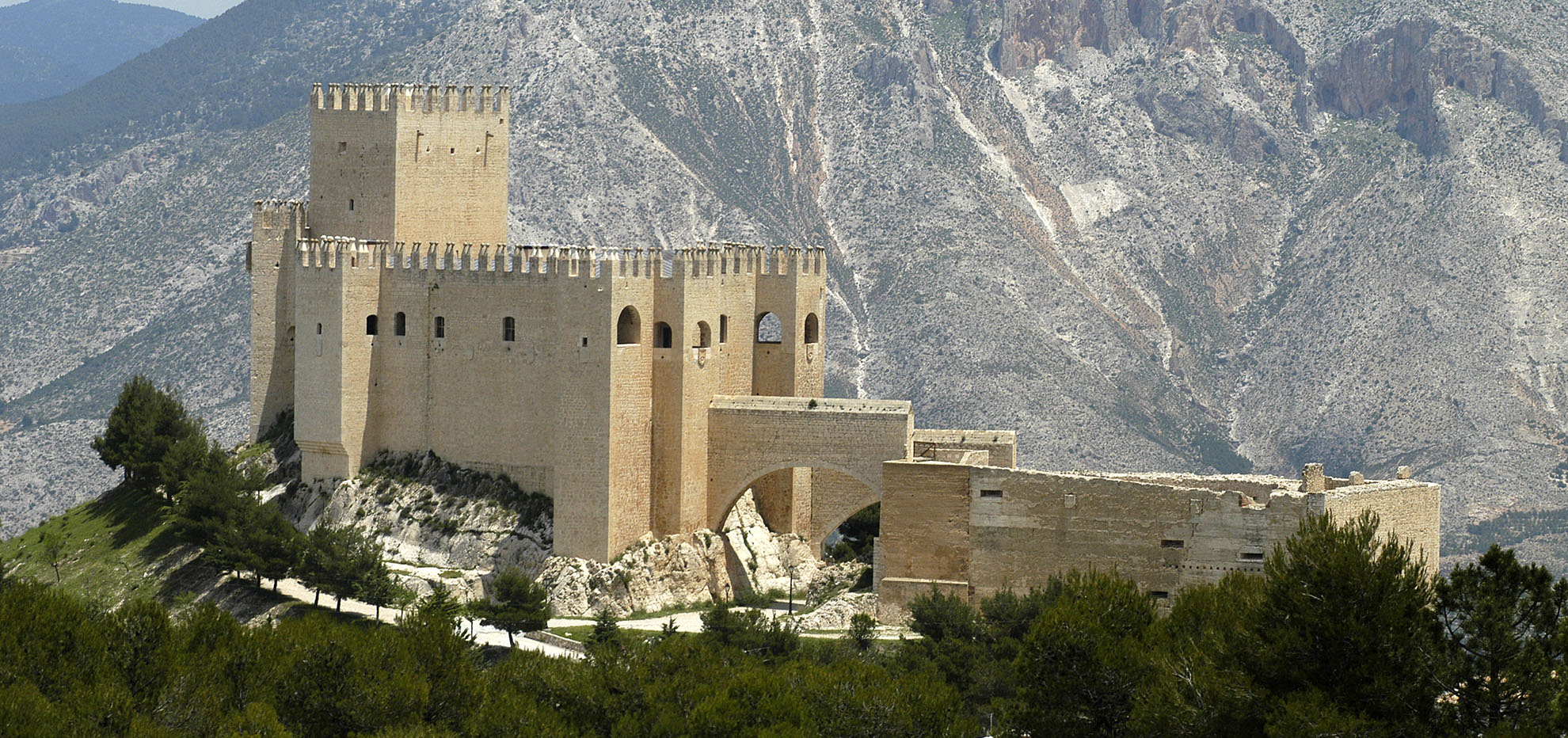
This Renaissance fortress, one of Andalusia's best, impresses from afar with a perfectly maintained silhouette on a hillside. It is nearly 2500 square metres and has two main buildings joined by a drawbridge. The fortress's "Patio de Honor" [Courtyard of Honor] cannot be missed. Made of white marble, it is considered a gem of the Renaissance.
10. Setenil de las bodegas, Cádiz

One of the most spectacular destinations in Andalusia is this village set in stone. Adapting perfectly to the topography of the area, part of the old town has been built around rocks, with some buildings above them and some inside them. Wandering the narrow streets you may suddenly find yourself in the heart of a rock.
 3
Like
Published at 9:07 AM Comments (1)
3
Like
Published at 9:07 AM Comments (1)
Spain's Most Impressive Castles
Friday, August 15, 2025
Castles in Spain were built mainly for defensive purposes. During the Middle Ages, northern Christian kingdoms had to secure their borders with their Muslim southern neighbours, thus forcing both Christian and Muslim kings to grant border fiefs to their liege noblemen so as to keep and maintain defensive fortresses. When the Reconquista advanced, those border castles lost their initial purpose, and, as in the rest of medieval Europe, they were used as noble residences and fief-keeps.
However, due to sporadic threats of war, they kept their military purposes, for enemy invasions were common. In some locations, such as the Basque country, fiefdoms did not exist as such, and noble families could not afford nor did they need huge fortresses, giving rise to many tower houses. On the other hand, in Muslim Spain many castle-palaces were built: the petty taifa kingdoms that arose after the fall of the Caliphate of Córdoba were militarily weak but culturally rich, and every emir or king liked magnificent palaces, of which the Alhambra of Granada is an example.
During the late Middle Ages, Christian kingdoms had secured and enriched themselves well enough to support a more courtly lifestyle, so more residential castles were built, such as the Alcázar of Segovia, which was used as the main residence of the kings of Castile, whereas the Castle of Olite, built in a luxurious gothic style, was the seat of the Kingdom of Navarre's royal court. After the Conquest of Granada in 1492, the Catholic monarchs ordered all the castles in their realms to be handed over to the Crown. Although the order was not completely carried out, the War of the Germanias, a rebellion against king Charles V in the early 16th century, forced the new Spanish Habsburg dynasty to continue the process, and many castles were demolished as well. Most of castles in Spain were successively abandoned and dismantled, Spanish kings fearing noble and peasant revolts, especially in the newly conquered lands.
Accordingly, most of them are nowadays in a state of decay, and although some restoration work has been done, the number of former castles is so large that the Spanish government lacks both the resources and the will to restore them all. Nowadays in Spain there are well over 2000 castles, but here are 10 of the Best restored castles in the country …
1. Alhambra Palace (Alcazar)
http://www.alhambra-patronato.es
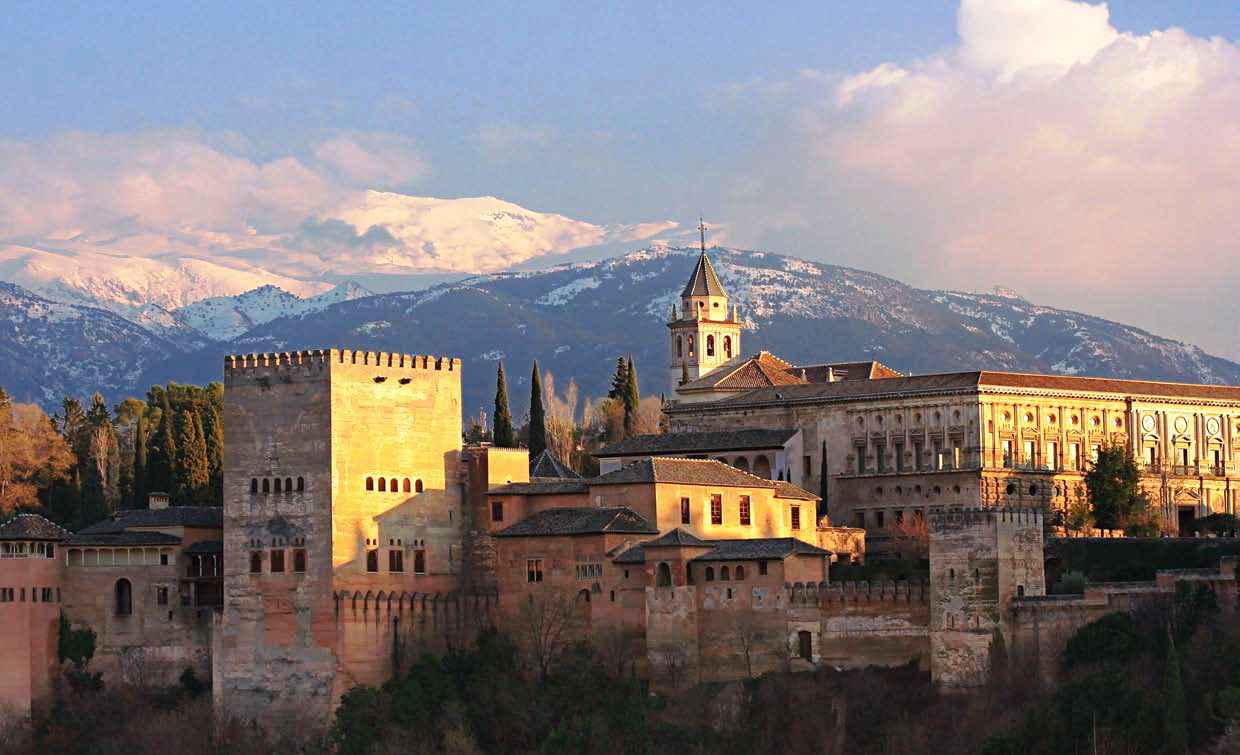
2.Alcazar de Segovia
http://www.alcazardesegovia.com

3.Castillo de Olite
http://guiartenavarra.com/index.php?m=4&subm=25&id=1
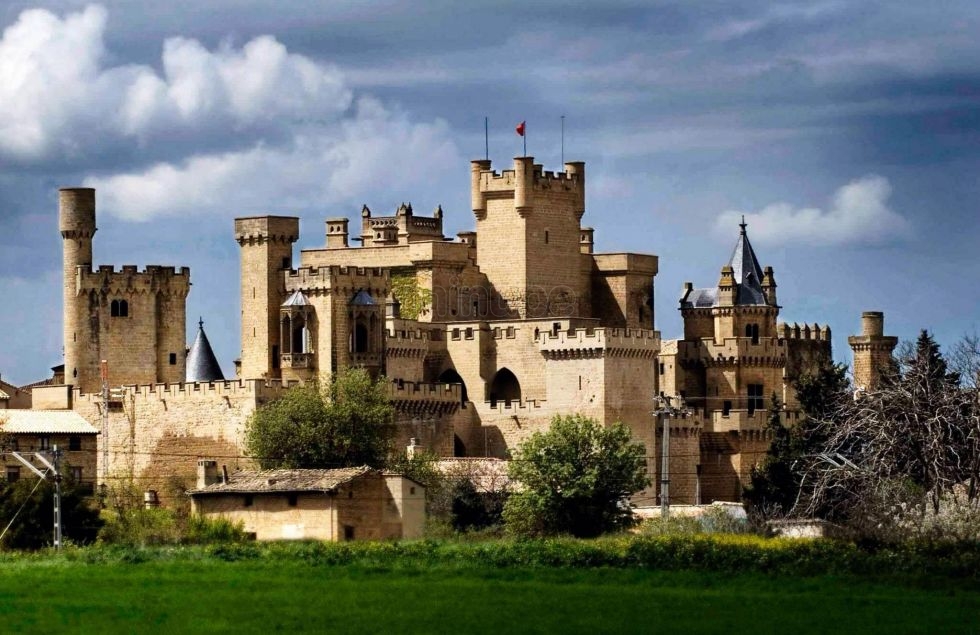
4. Castillo de Coca
http://www.castillodecoca.com
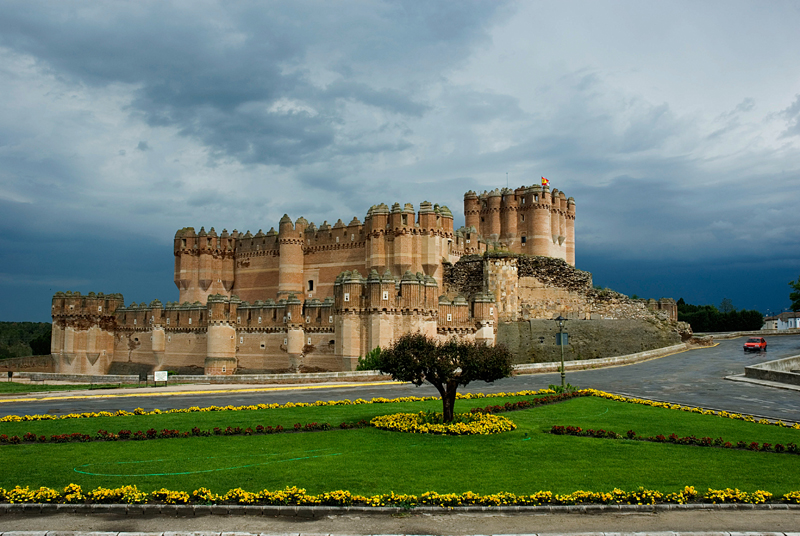
5. Castillo de Ponferrada
http://www.ponferrada.org/turismo/es/monumentos/castillo-templarios
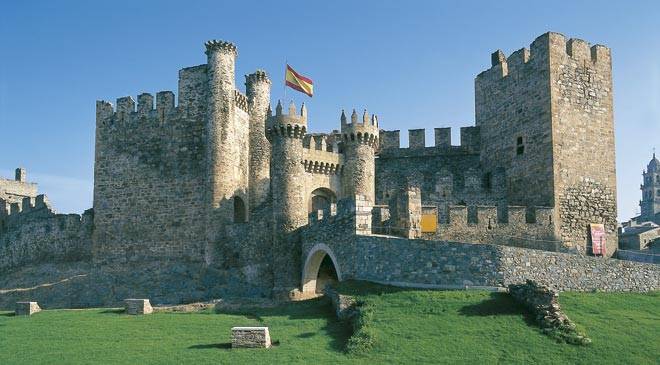
6. Castillo de la Mota
http://www.castillodelamota.es
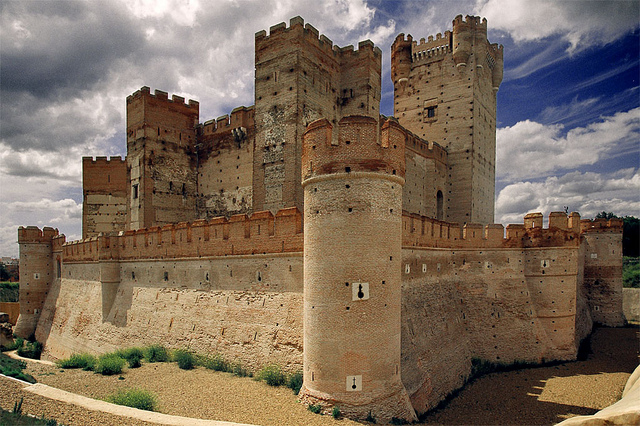
7. Castillo de Loarre
http://www.castillodeloarre.es/vistas/01.aspx?id=12
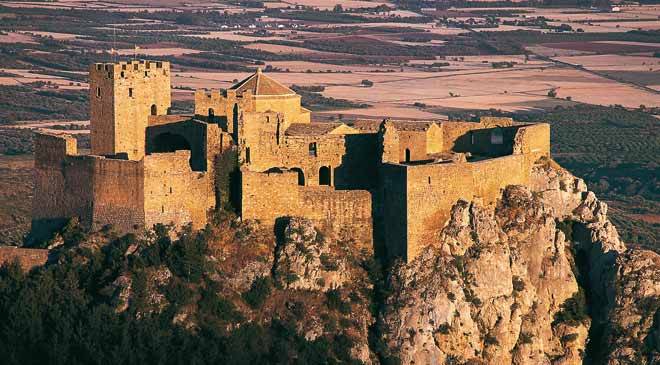
8. Castillo de Almodóvar
http://castillodealmodovar.com
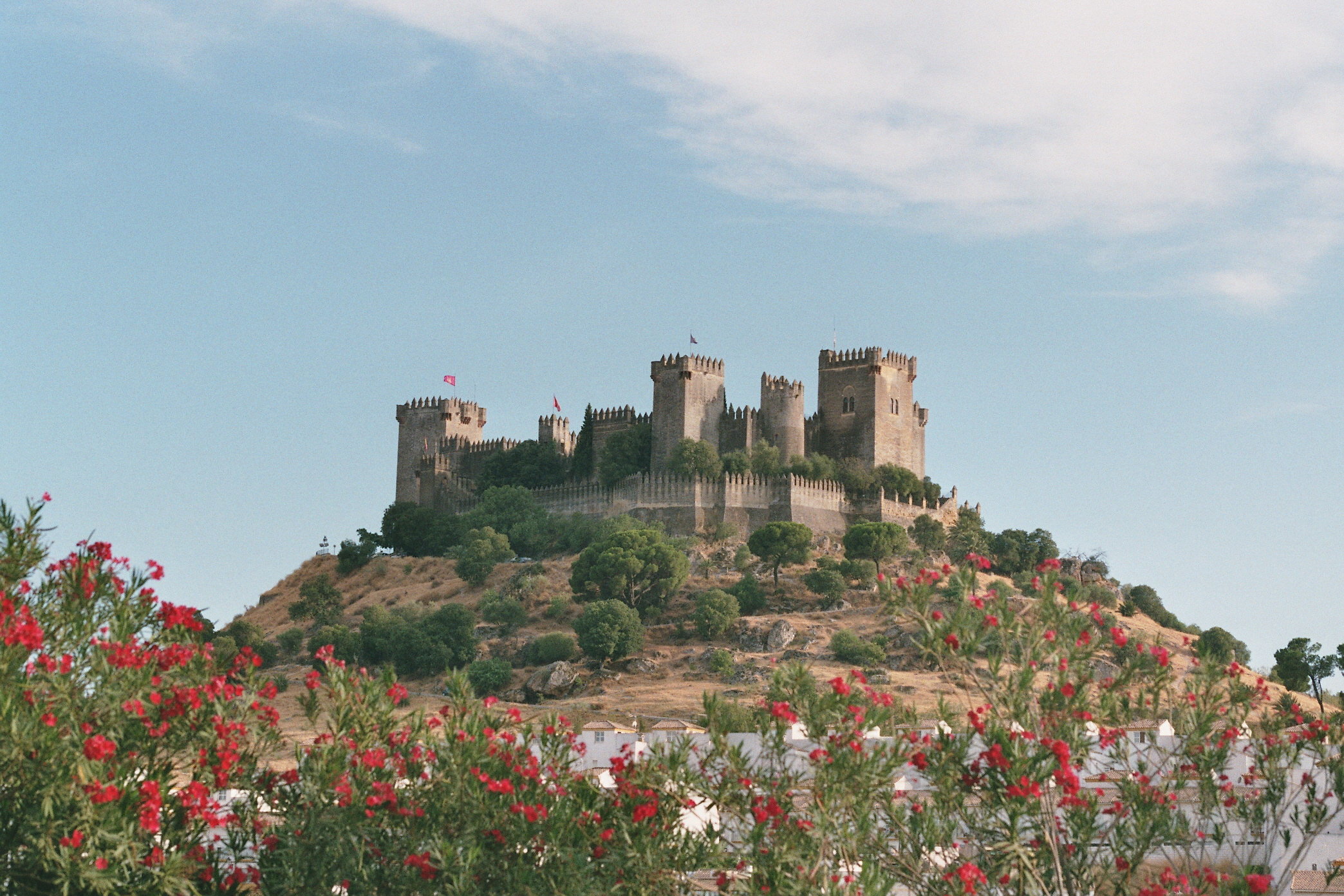
9. Castillo de Manzanares (Mendoza)
http://www.turismomadrid.es/mas-guias/10799-el-castillo-de-manzanares-el-real

10. Castillo Butrón
http://turismo.euskadi.net/es/patrimonio-cultural/castillo-de-butron/x65-12375/es/
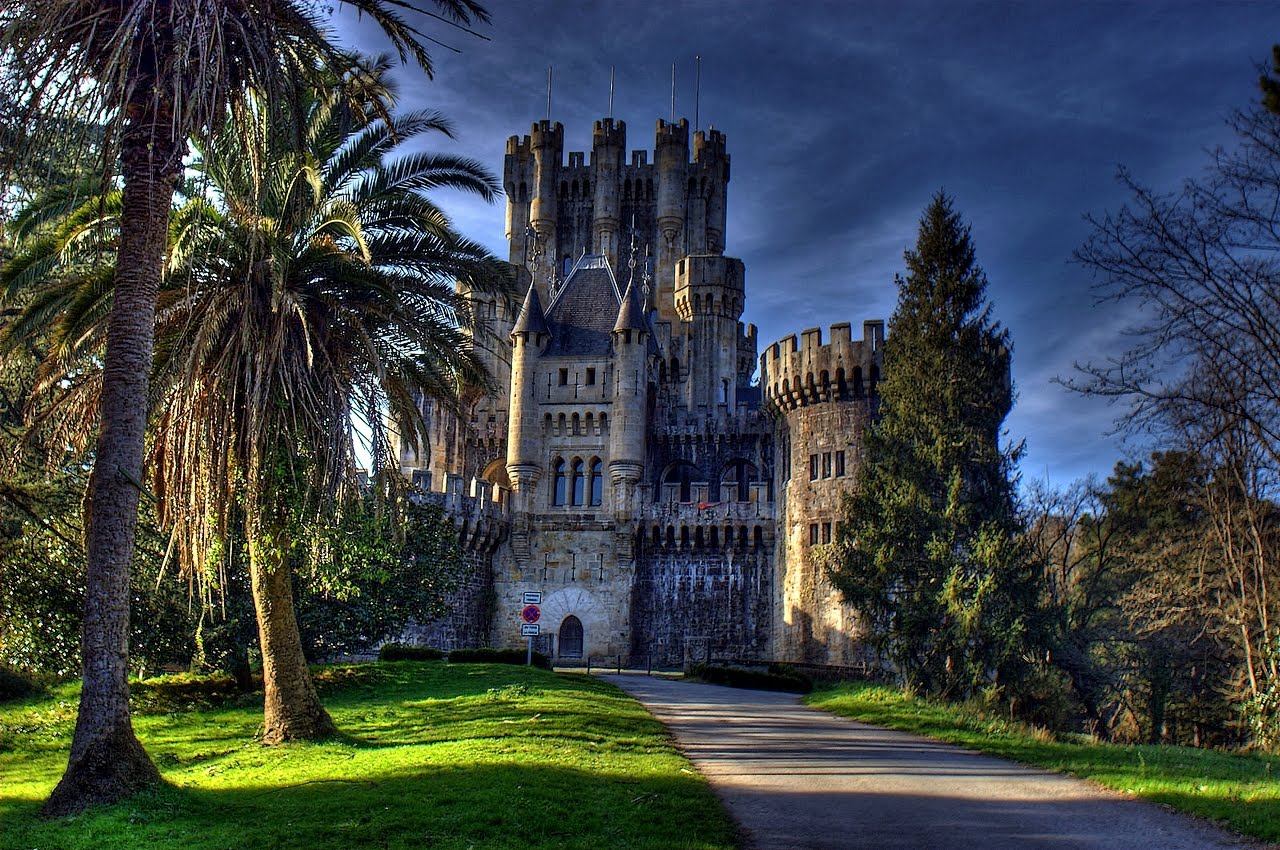
 0
Like
Published at 4:33 PM Comments (1)
0
Like
Published at 4:33 PM Comments (1)
The Best Summer Campsites in Spain
Friday, August 8, 2025
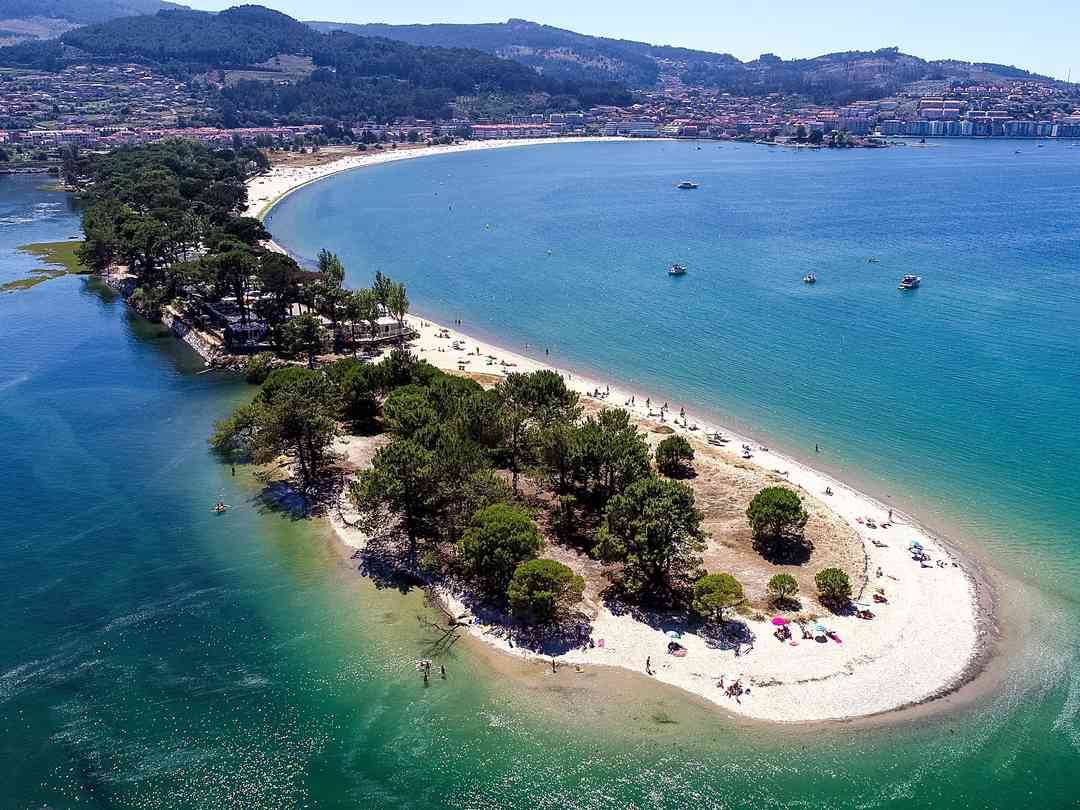
Campsites have experienced a small rebirth. Now they are as cool as ever. There are also those that offer innovative tree houses, waterfront cabins and even luxury safari tents.
It is becoming increasingly difficult to choose, but the Best Campsite in Spain awards make it a little easier. These awards given by the Spanish Campsite Federation (FEEC) are granted to certain establishments taking into account both their characteristics and the evaluation of the campers themselves.
The winners reveal spectacular landscapes and luxurious facilities, both aimed at the whole family and focused on enjoying peace and silence. Here they are the main prize winners:
1. BEST MOUNTAIN CAMPSITE: PINETA (BIELSA, HUESCA)
https://campingpineta.com/
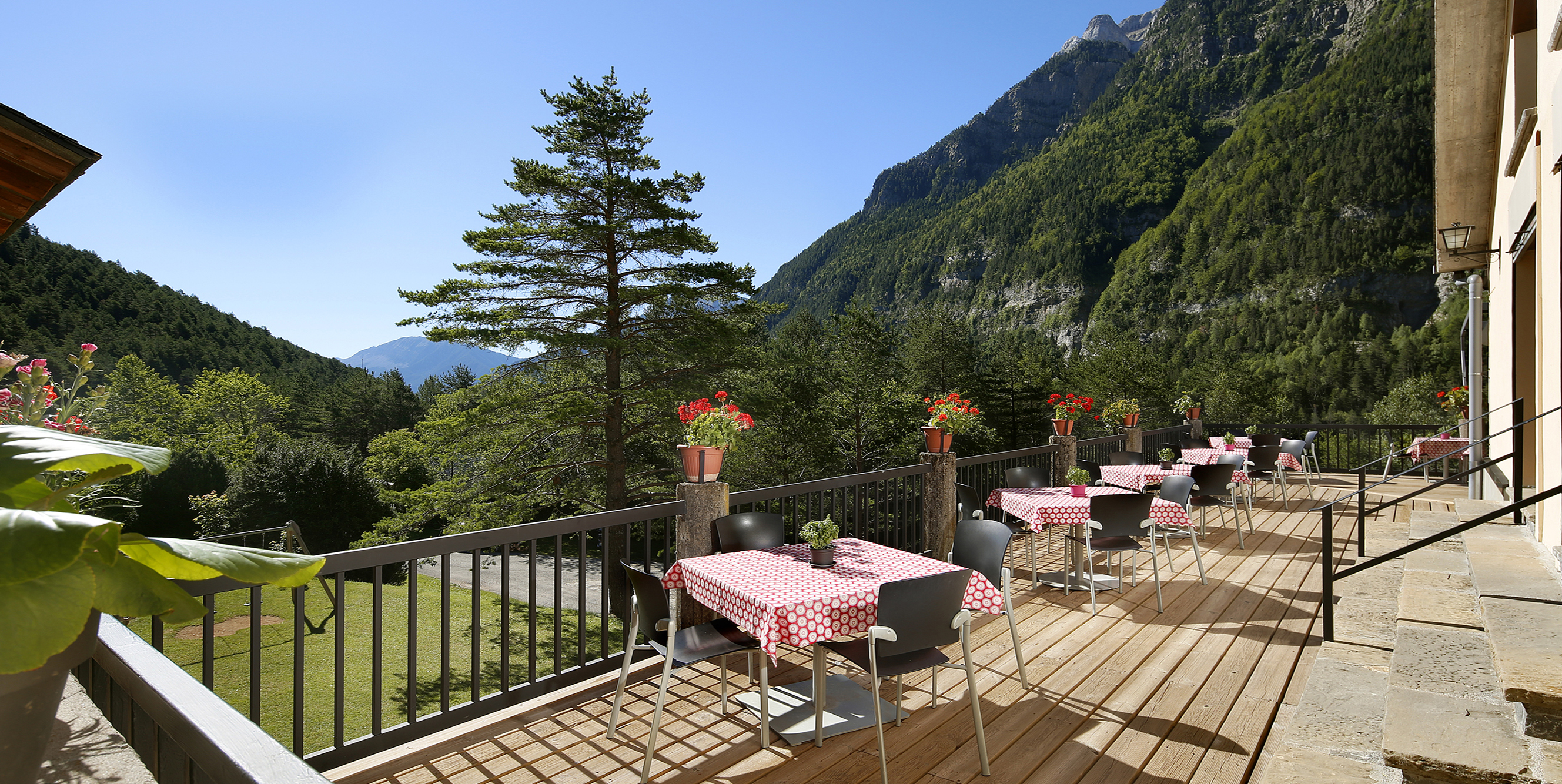
The location of this campsite is truly spectacular. It sits at the entrance to the extraordinary Ordesa y Monte Perdido National Park, in the Pineta Valley.
It is surrounded by majestic mountains, pine, beech and fir forests and next to the source of the River Cinca and is located in the spot where the majority of walking routes in the area begin. It has bungalows, double rooms and plots for rent.
2. BEST BEACH CAMPSITE: PINAR SAN JOSÉ (ZAHORA, CÁDIZ)
https://www.campingpinarsanjose.com/
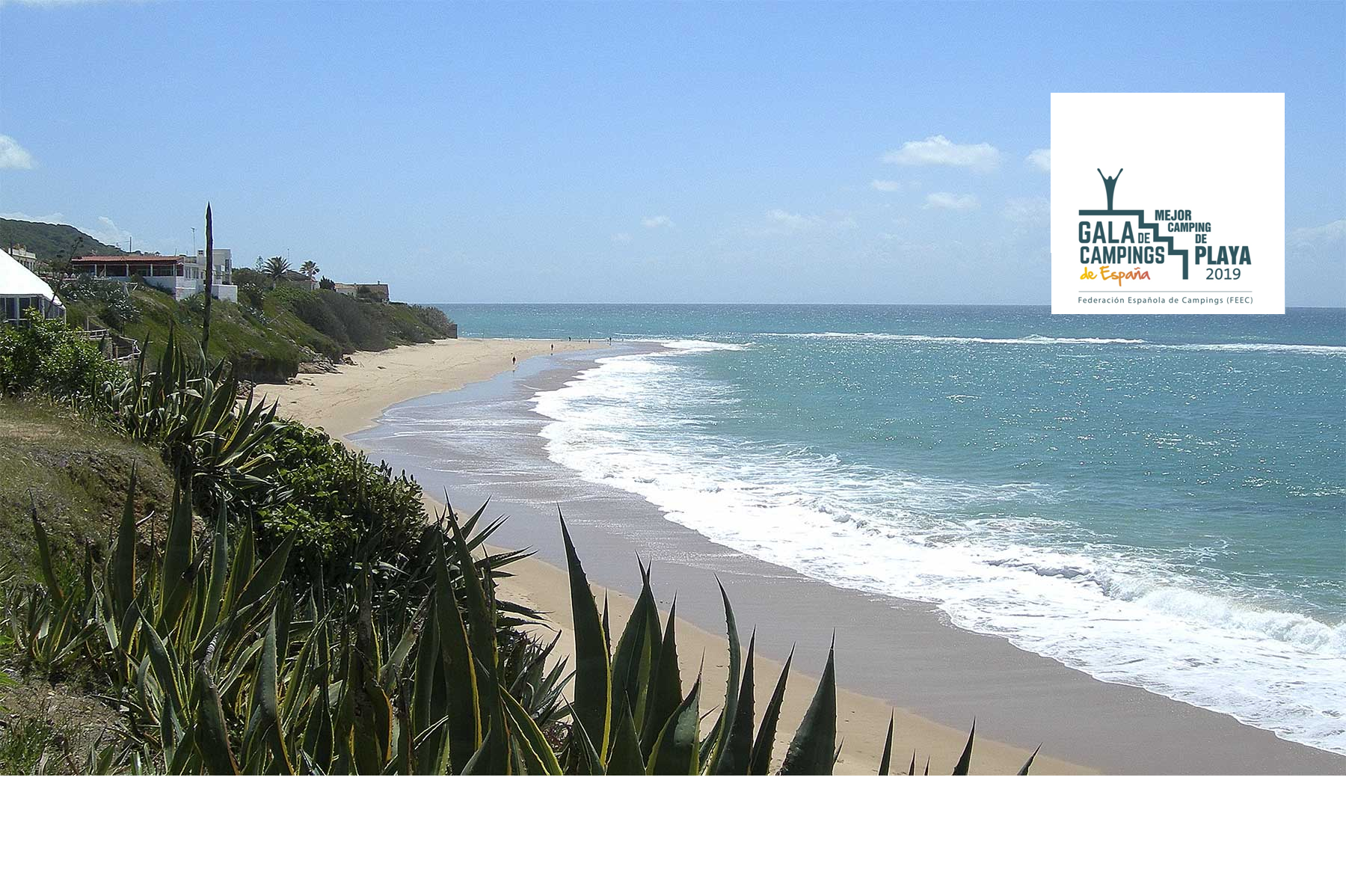
In the beautiful Natural Park of La Breña y Marismas de Barbate, a large dune populated by pines, wild olive trees and mastic trees and located next to magnificent cliffs, is the Pinar San José. There, time is spent surfing or hiking, riding bicycles, spotting dolphins or strolling under the sun on mythical beaches like those of Bolonia.
Nearby are some popular towns like Vejer and Conil. The facilities also cater for sports, a children's club, swimming pools and a dog area.
3. BEST FAMILY CAMPSITE: RIBADESELLA (RIBADESELLA, ASTURIAS)
https://camping-ribadesella.es/
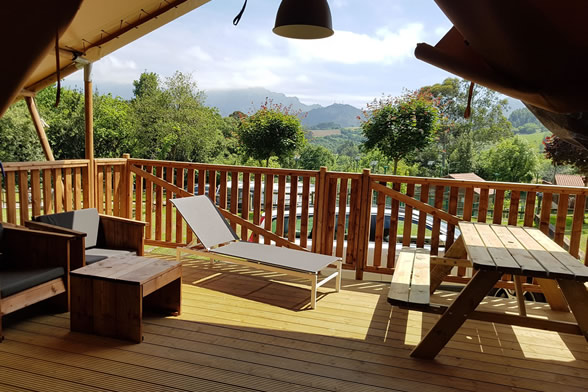
Spa, gym, playgrounds, entertainment activities for children, miniature golf, sports courts, outdoor and heated swimming pools ... The Ribadesella campsite is certainly an Eden for the whole family, located just one kilometre from the beach.
In fact, the little ones will dream of sleeping in their safari tent in the glamping area, although the enclosure also has bungalows and a camping area. It is, of course, a destination to remember only when the sun rises, since it only opens from the end of April to the end of September.
4. BEST CAMPSITE OPEN ALL YEAR ROUND: MOLINO DE CABUÉRNIGA (CABUÉRNIGA, CANTABRIA)
https://www.campingcabuerniga.com/
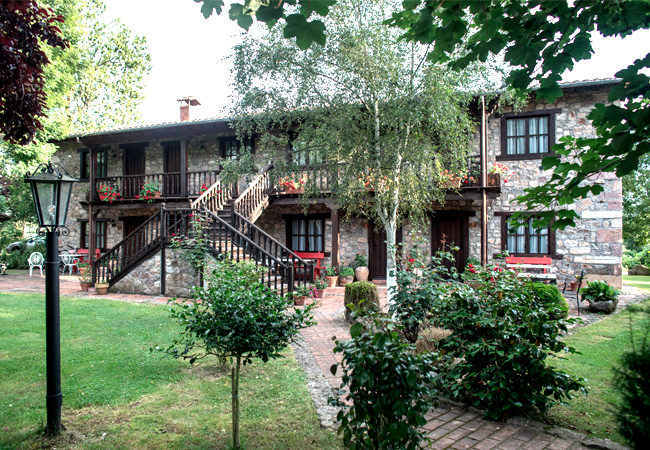
This family business, which pampers every aspect of its accommodation, prides itself on the beauty of its protected natural environment, the Cabuérniga Valley. Its greatest asset is its tranquillity.
Open since 1991 and named Best European campsite open all year round in 2017, Cabuérniga offers pitches, as well as cabins and apartments with a rural air, lined with stone from the area.
5. MOST ORIGINAL ACCOMMODATION CAMPSITE: SON BOU (ALAIOR, MENORCA)
https://www.campingsonbou.com/es/inicio
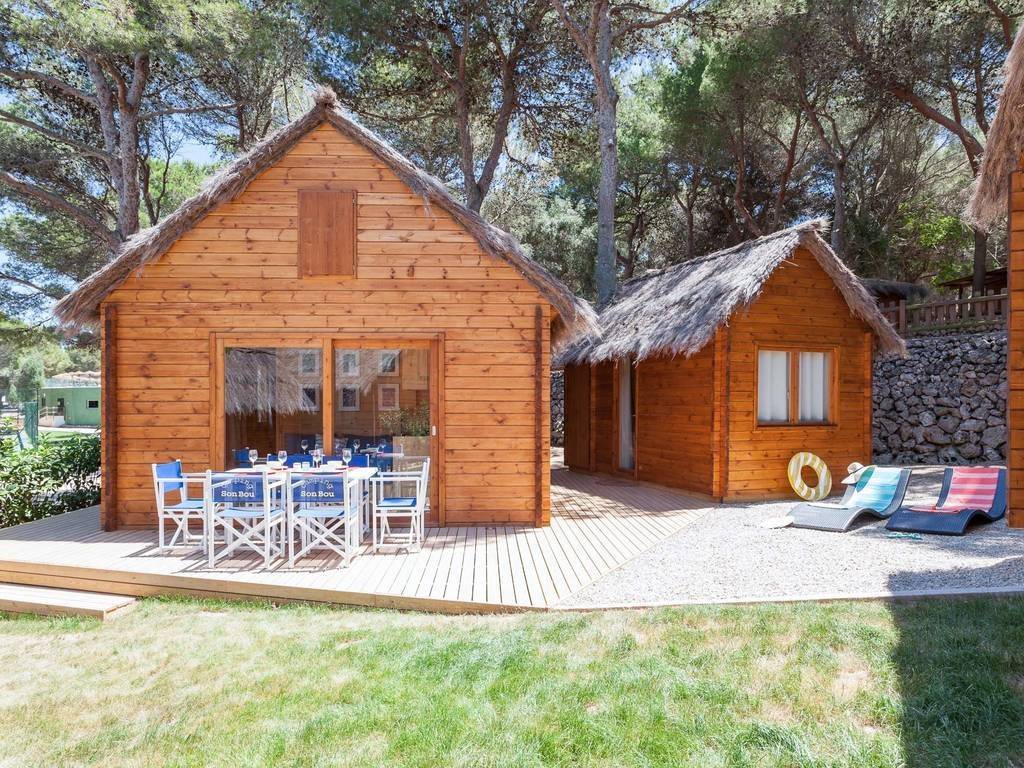
70,000 square meters of pine forests and large green areas and the most charming architecture based on wooden chalets make up this beautiful Mallorcan campsite with a swimming pool, restaurant, sports courts, mini-club and children's playground.
Nearby, the Son Bou beach, the Cavalleria lighthouse and the Sanitja port are wonderful excursions for the whole family.
6. SPECIAL MENTION: CAMPSITE BAYONA PLAYA (BAIONA, PONTEVEDRA)
https://www.campingbayona.com/
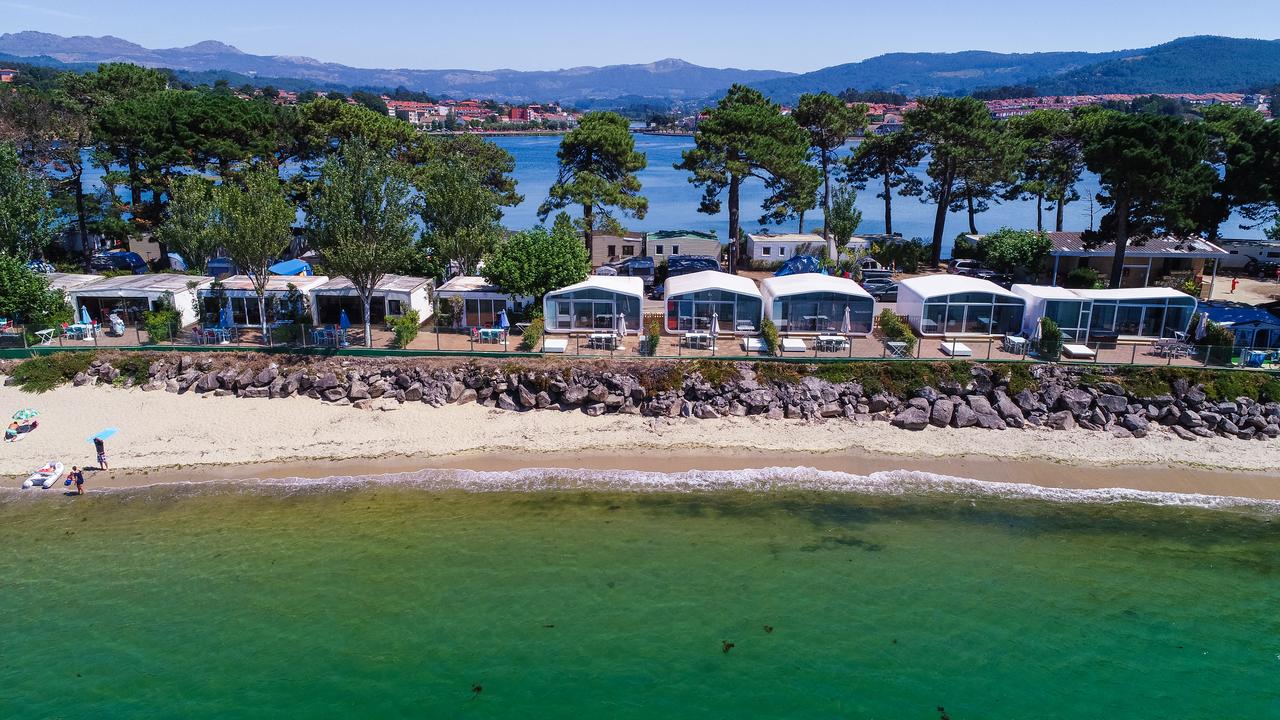
The wonderful renovation carried out at this campsite, which now has a series of modern glazed bungalows with a terrace practically on the seashore, has earned it a special mention from the FEEC. They also have a glamping area made up of two-level raised wooden tents with a dining room, storage area and bedroom, as well as traditional pitches.
The accommodation offer is complemented with all kinds of attractions for children -animation, trampolines, zip line, water slides ... as well as a privileged environment, formed by wide beaches and very close to the interesting old town of Baiona.
 1
Like
Published at 7:22 PM Comments (0)
1
Like
Published at 7:22 PM Comments (0)
Spain's most impressive waterfalls!
Friday, July 18, 2025
Despite the heat and drought most of the year in Spain there are hundreds of waterfalls across its landscape. These 10 stand out among them and must be seen.
1. Fervenza do Ézaro
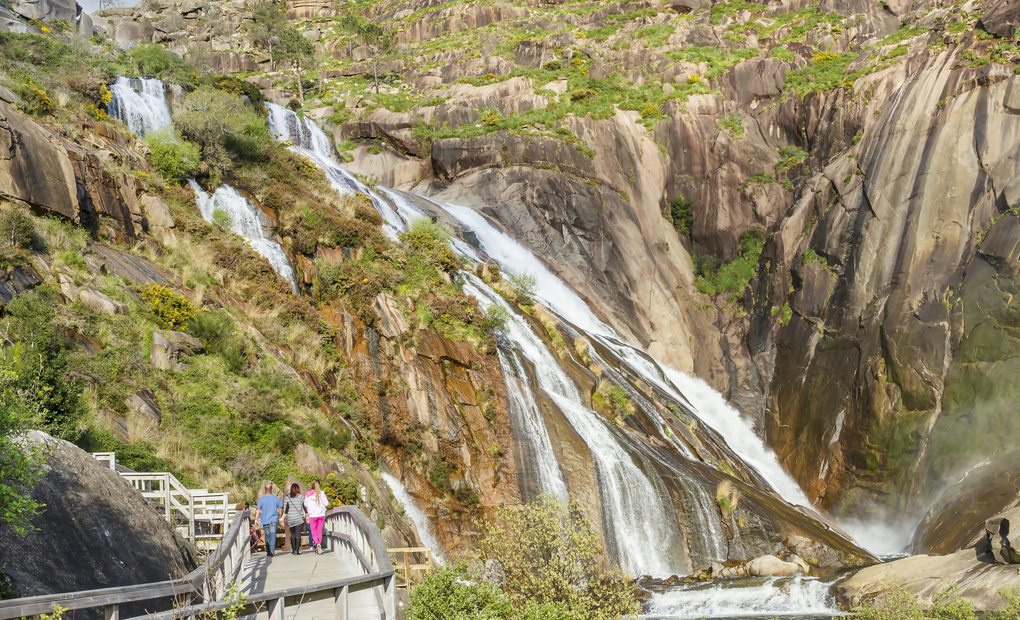
For its uniqueness, the most beautiful of Spain. The Xallas is the only river in Europe that flows into the sea via a waterfall.
2. Pozo de los Humos
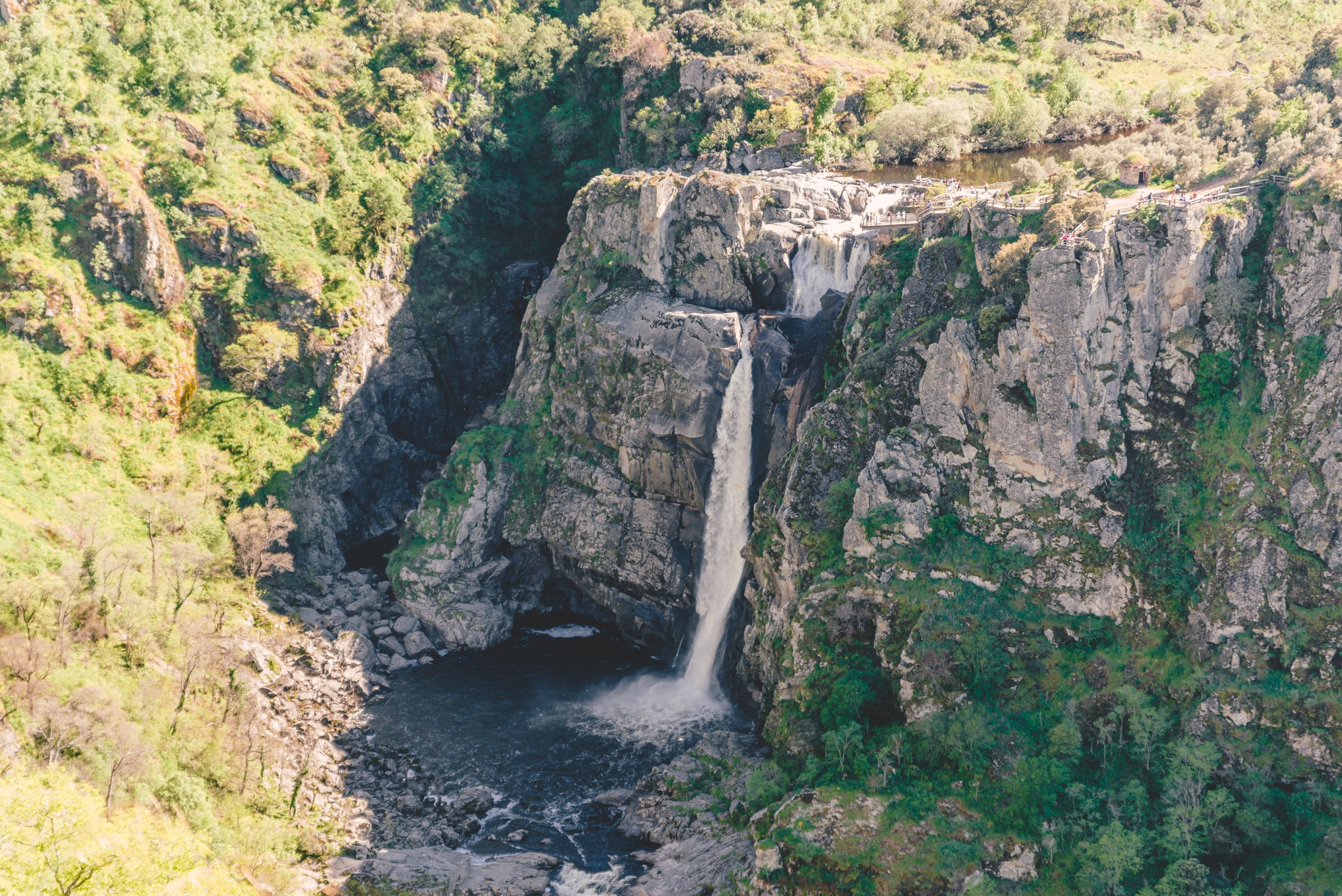
This waterfall located on the river Uces in northwest Salamanca. It falls within the Natural Park Arribes del Duero. This authentic water curtain plunges down two brutal jumps of more than fifty meters hitting the bottom with clouds of mis that overhang the landscape.
3. Cascada de Colores
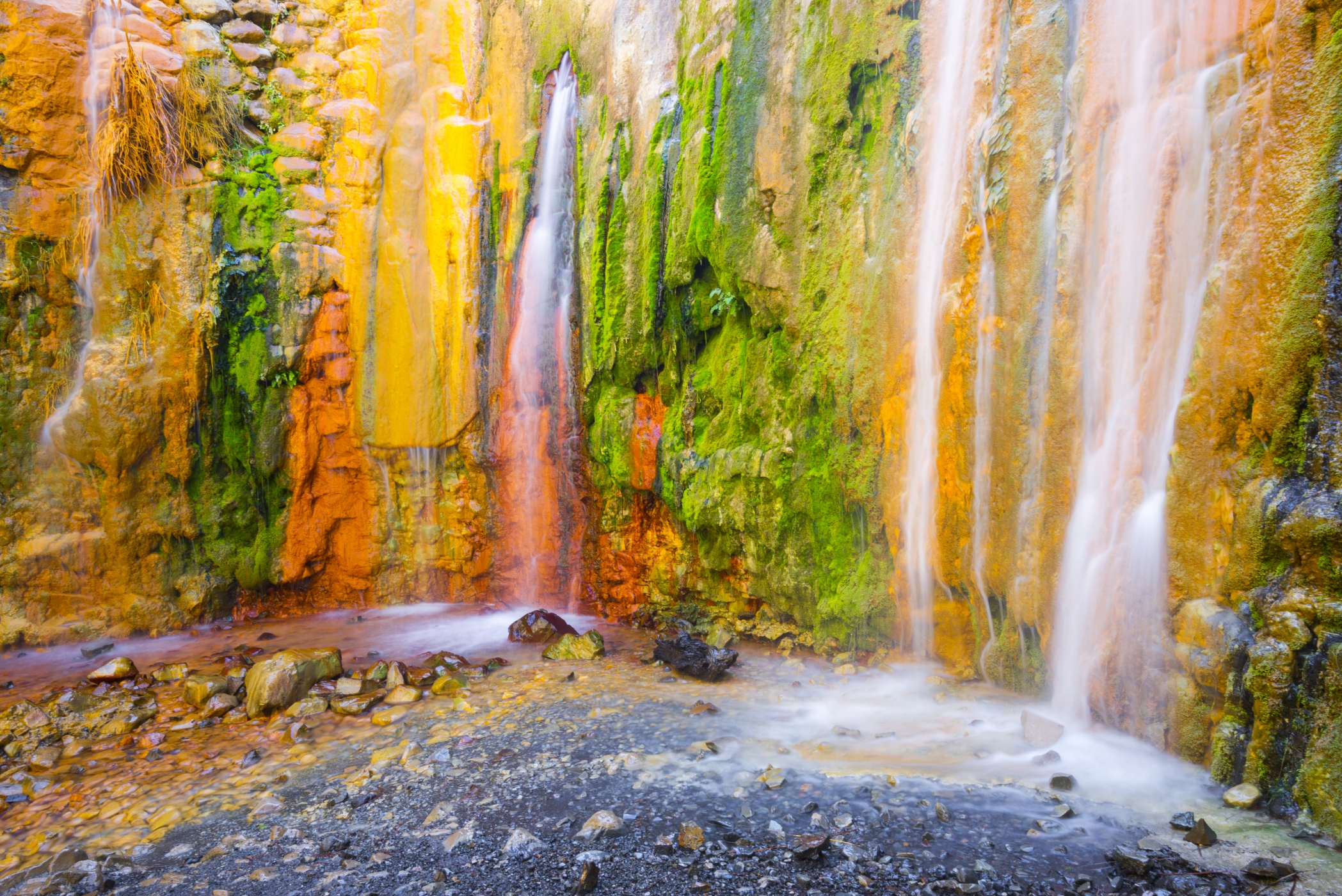
Red, yellow, green, gray and even black. As we were taught at school, water is colorless but in the ravine of Sorrows on the island of Palma this waterfall has all those colors. Sitada in the National Park Caldera, to reach it there is a fun trek through mountain trails.
4. Nacedero del Nervión
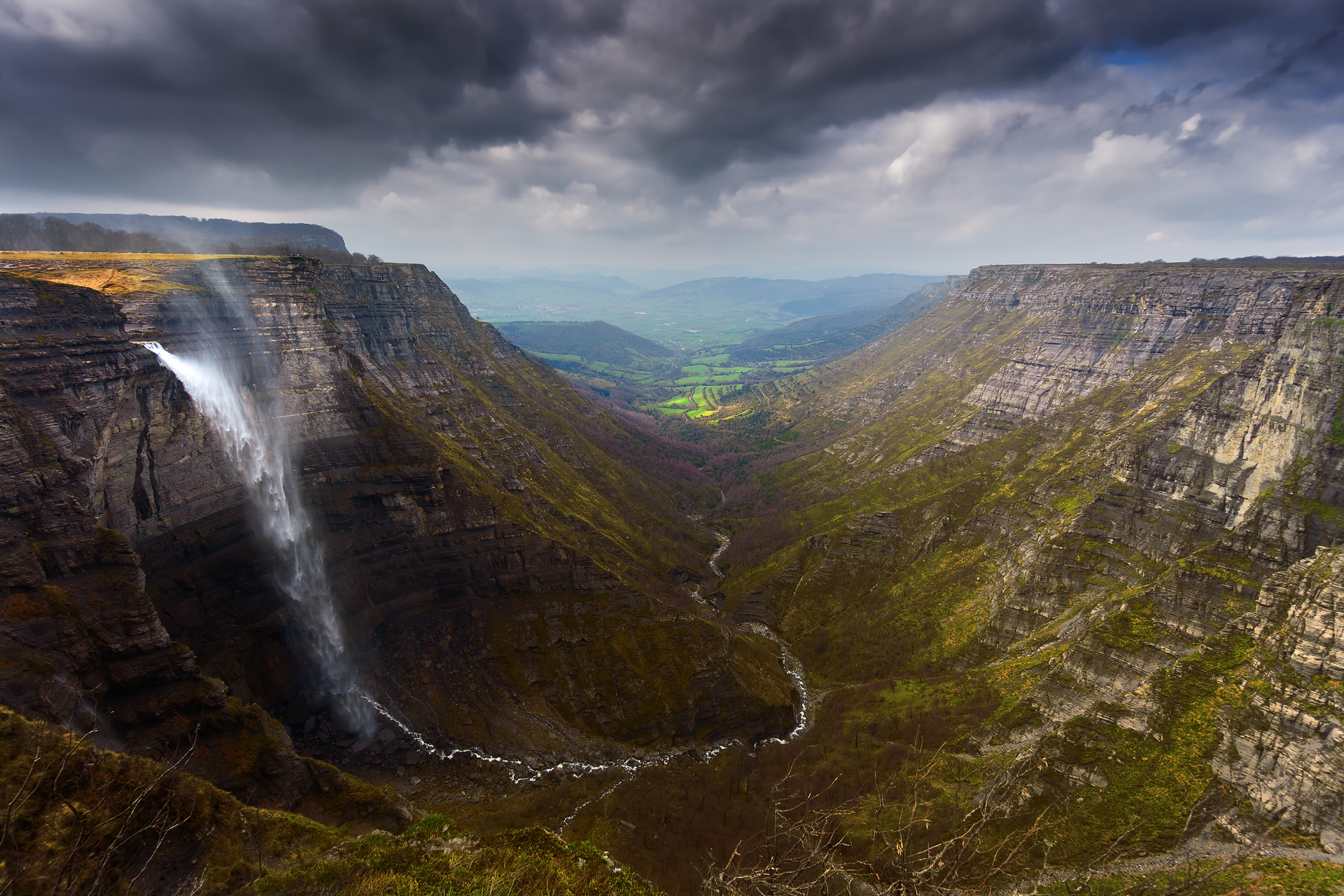
In recent years an specially in late summer this waterfall is quite dry, but it is one of the most spectacular waterfalls in Spain. The cliff's edge from which it falls is 270 meters high, the highest of Spain.
5. Oneta
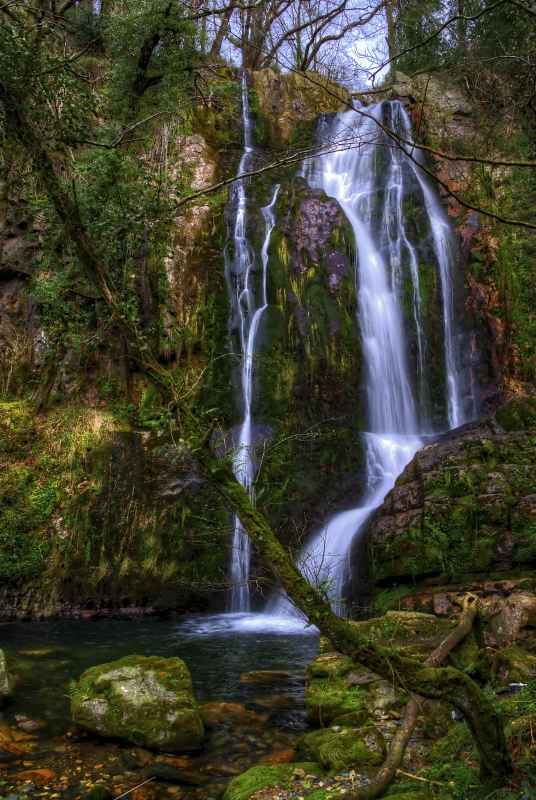
In the heart of a landscape of forests and mountains, this waterfall is located in the municipality of Villayón, western Asturias, relatively close to Luarca. It was declared a Natural Monument.
6. Cascada de la Cimbarra
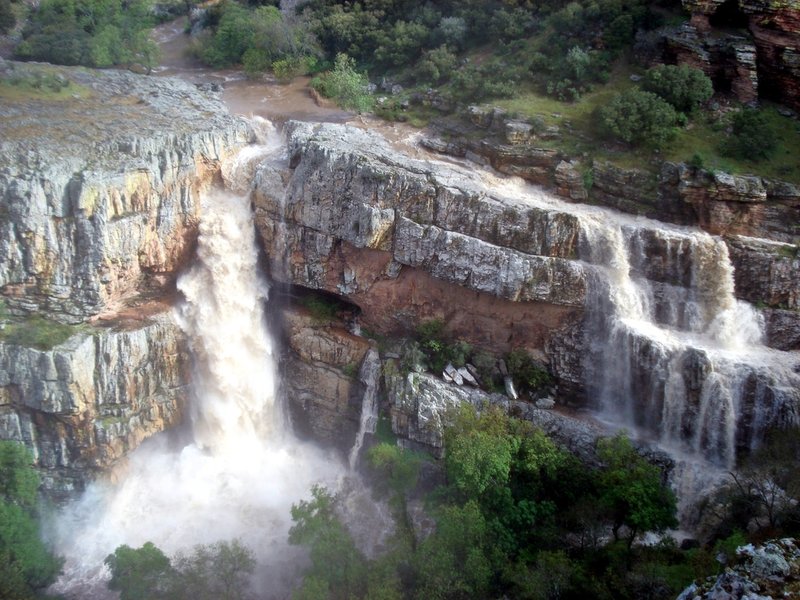
The Guarrizas river is just two kilometers from Aldeaquemada, Jaen, and only 11 from Despeñaperros, but hardly anyone crossing the famous passage of the highway of Andalusia detours the short distance to see one of the natural wonders of Spain. It was declared a Natural Park by the Junta de Andalucía. The force of this waterfall has created a natural well in the ground which no one knows the real depth of.
7. Nacimiento río Asón
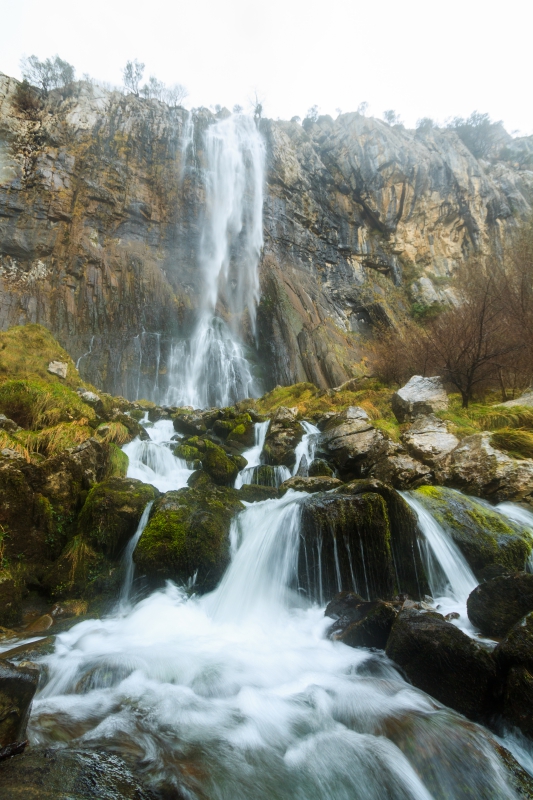
The Ason River is born here and lies within the Natural Park Hillocks of Assos, in the municipality of Soba, Cantabria. This river features a spectacular jump of 70 meters over the limestone wall.
8. Cascada del Estrecho
An area of intimate beauty, the river Arrazas carves it way through the canyon to reveal this spectaucular waterfall.
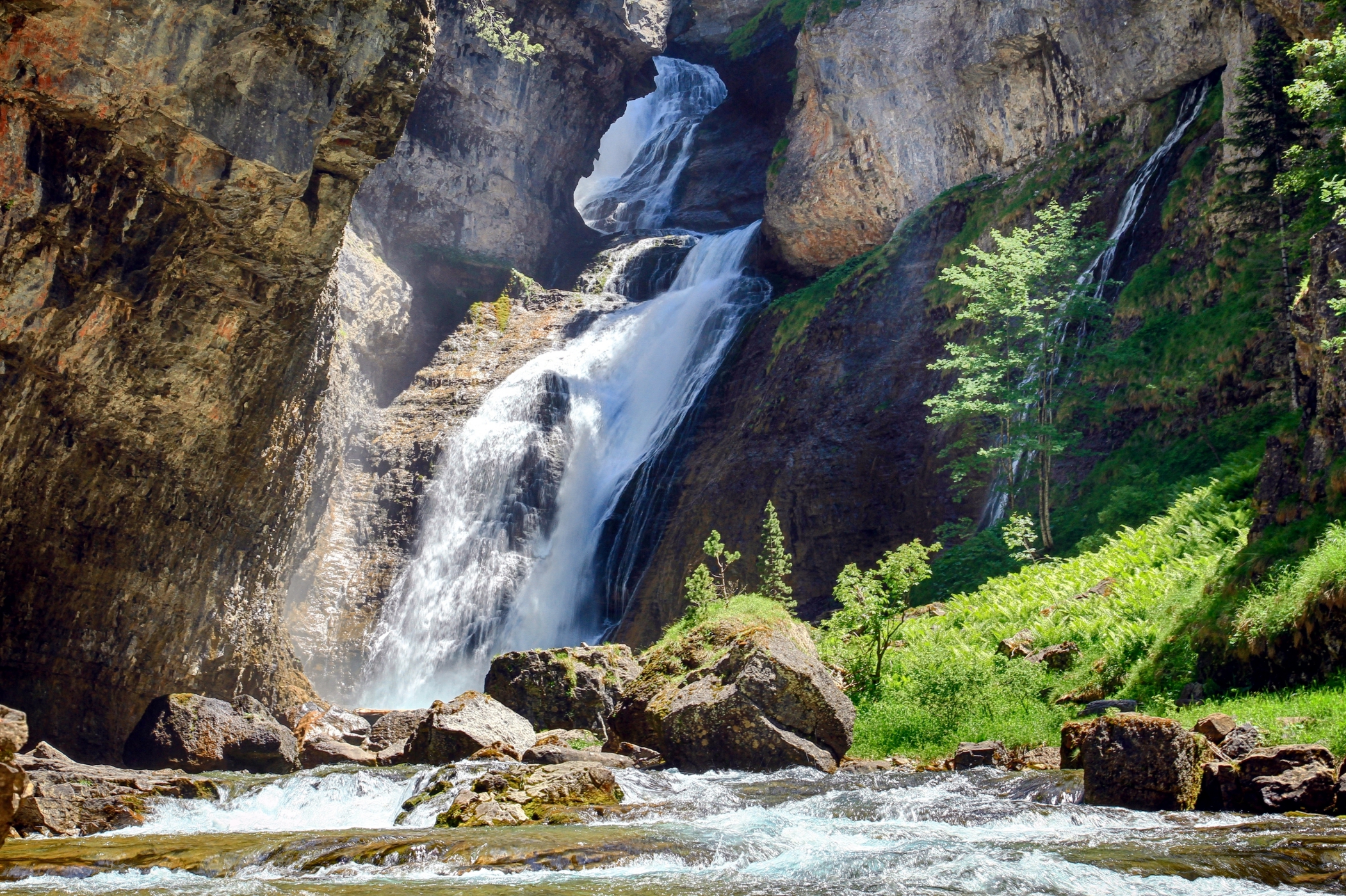
9. Sauth deth Pish
If in winter the Aran Valley is known for the ski resort of Baqueira Beret, in summer it is know for this beautiful waterfall located to the north. Formed by the river Varradós, it plnges down a 35m drop into a crystal clear pool. It is only a 45min walt to reach it.
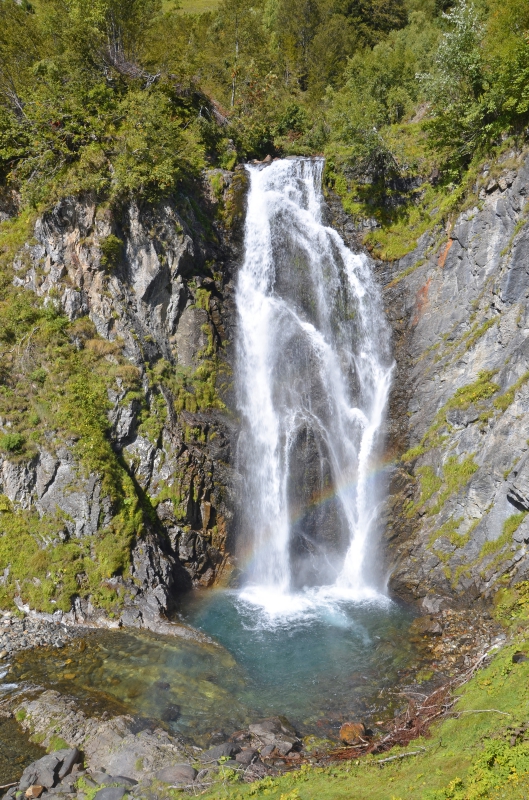
10. Chorros del río Mundo
This turbulent waterfall is located in the Los Calares River Park Natural World, Albacete. It is a karstic territory, which means it is porous like a gruyere cheese, where water submerges and is absorbed. The result is abundant powerful springs, the source of the river Mundo.This waterfall of over one hundred meters high and when it is in full flow it can move over 100,000 liters per second.
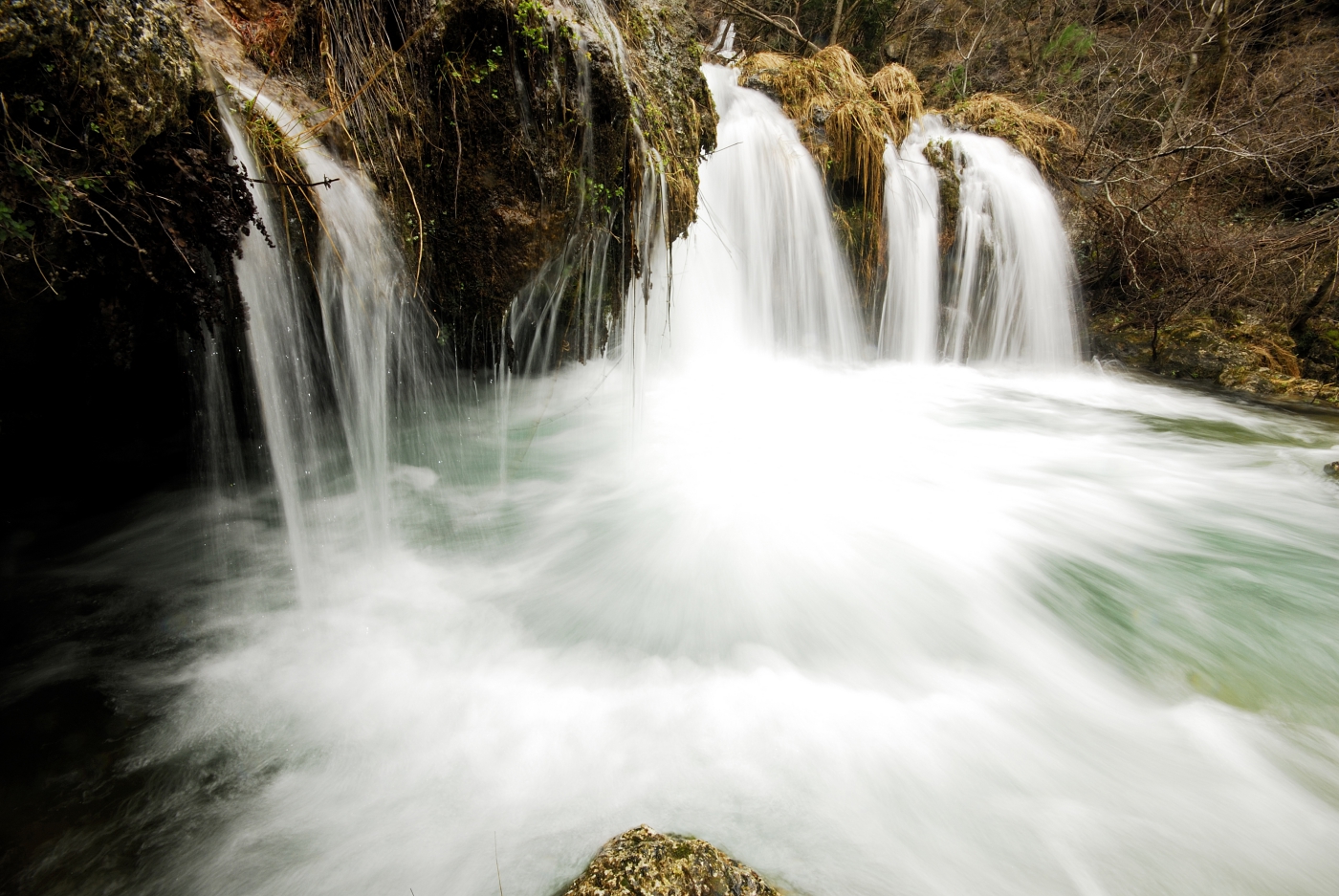
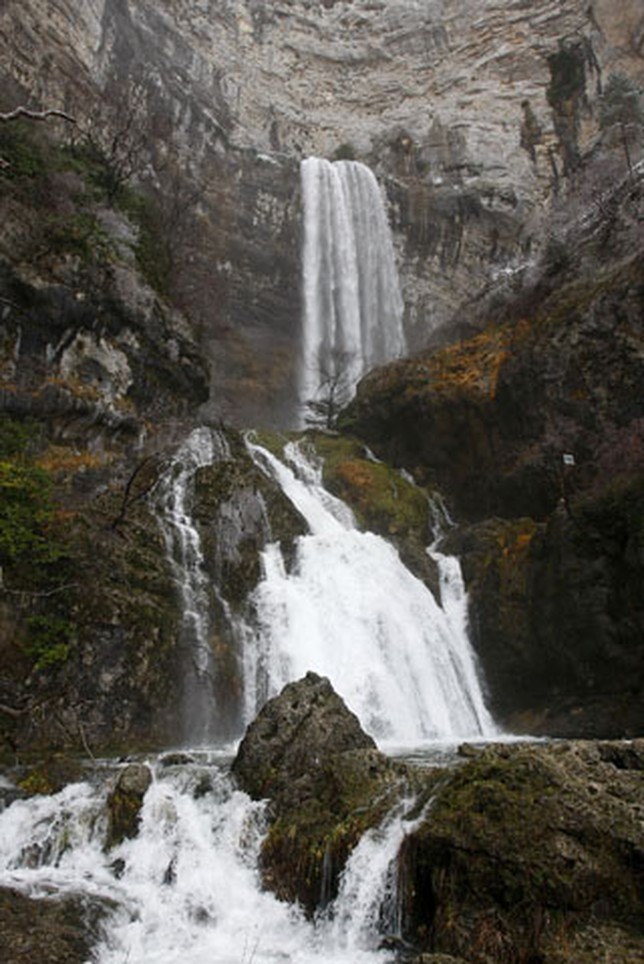
 2
Like
Published at 11:43 PM Comments (0)
2
Like
Published at 11:43 PM Comments (0)
The Armujo Swimming Pool
Friday, July 11, 2025
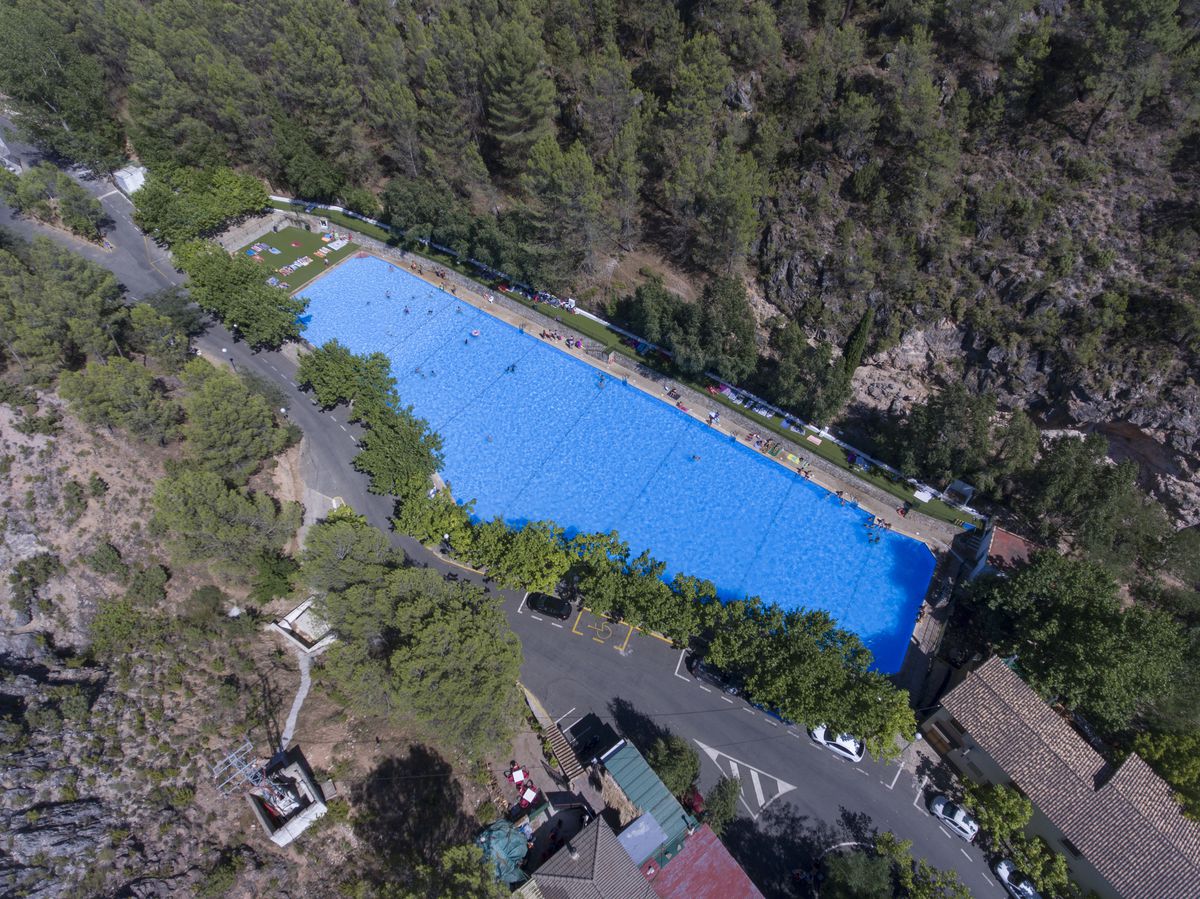
“From space, you can see the Great Wall of China, the Himalayas and also the Orcera pool”, says the lyrics of the song that the singer Zahara dedicated to the great Amurjo pool, in Orcera (Jaén), a huge backwater in which they fit four million litres of water, surrounded by pine trees and embedded in an idyllic natural setting.
Zahara Gordillo composed the song with the complicity of humorist David Broncano. The two met as children at the Orcera school —both their mothers were teachers there— and, years later, their paths crossed again to shout from the rooftops the benefits of what is already the most famous swimming pool in Spain and, in the absence of scientific verification, it may also be the largest. In addition, it is a pioneer in having a summer cinema where viewers enjoy the film lying on boats on this immense inland sea.
"I challenge everyone to come and take a long swim, it's amazing," says José Luis Endrino proudly, a young man from Orcero who goes almost daily to bathe in this large pond whose official measurements are 85 meters long by 30 wide. The operators take almost three days to fill it. Its capacity is for 1,200 people (just under the 1,700 inhabitants of this small municipality in the Sierra de Segura in Jaén), a figure that has meant that restrictions did not even have to be applied in the first two summers of the pandemic.
But this magical place has not always been like this. Until 1987 it was an area where the water from the Amurjo River was dammed. Subsequently, an agreement was signed with the Institute for the Conservation of Nature (ICONA) to divert the course of the river and turn this continental bathing area into a "blessed swimming pool", as is sung in the song by Zahara.
In some way, this inland ocean that represents the Amurjo pool serves as a metaphor for the greatness that this area once had, converted into a large reserve of the Spanish Navy. In Orcera, the Segura Common Ordinances were signed in 1580, a legal reference framework for almost 200 years until, in 1748, Fernando VI declared the so-called Segura Maritime Province (which included territories of Jaén, Albacete, Murcia and Ciudad Real). for the management of forest resources that were mainly used for shipbuilding. “Amurjo is something very special due to the connection with this space every summer. We speak of Amurjo with pride as one of the elements that identify us”, says Sergio Rodríguez, historian and official chronicler of Orcera.
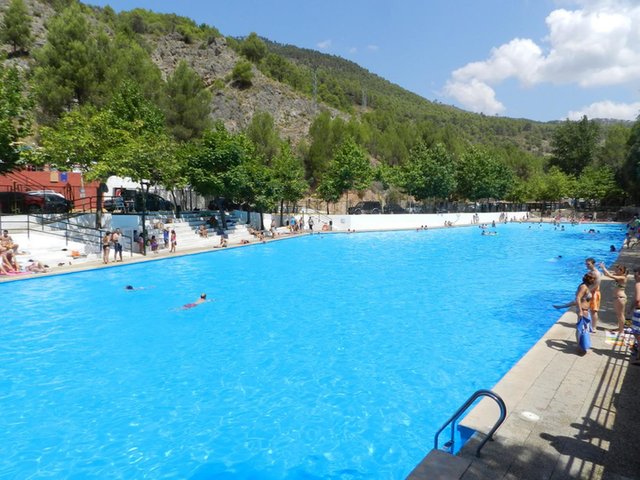
"A pool like this, in the middle of such a beautiful natural setting, is a real luxury," remarks Clara Herreros, who goes daily with her two children to this "privileged place." This user highlights the accessibility and adaptability of Amurjo and the wide leisure-cultural offering that is generated around it. From the Summer School to the Multisport Campus, passing through the lifeguard courses, everything has its epicentre in this natural area, which since this summer is also the starting point for a tourist train. "It is clear that it is the flagship of tourism in the entire region, but at the same time it becomes an important source of local employment," says Sonia Romero, the councillor responsible for managing Amurjo. In addition to the dozen direct jobs created, the City Council has opened a job bank for young people looking for their first job, where they offer 15-day contracts for the maintenance tasks of this large pool that, as Zahara sings, seems to be “the bathtub of the gods”.
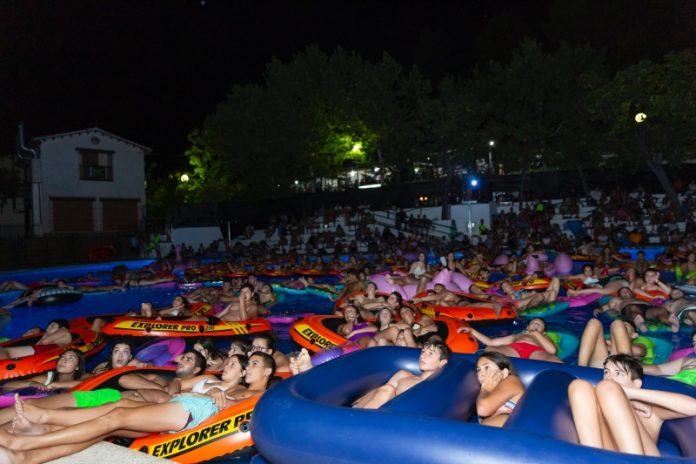 
Finally one of the main attractions of this great aquatic complex is its peculiar summer cinema. The stage is set up in the water and viewers can watch the movies from the pool steps or by renting a boat to watch from the water. The films are usually related to the aquatic world and during the projection the lighting of the pool is played with, which changes colour offering spectacular effects.
 10
Like
Published at 10:05 PM Comments (0)
10
Like
Published at 10:05 PM Comments (0)
Best Beaches in Murcia
Saturday, June 14, 2025
There is no doubt that Spain has some fantastic beaches and Murcia has its fair share. The Region of Murcia is a Mediterranean area with a contrasting landscape from arid basins to wooded areas in the inland mountains, the meadows of the Segura River and the Mediterranean coastline. It is bordered by the province of Alicante, Granada, Almería and Albacete and finally to the south is where it meets the sea and we can find a string of idyllic beaches and coves.
If you are visiting the region be sure to check out some of the beaches:
These are some of the beaches in the Region of Murcia in no particular order:
1. Playa de Calblanque (Cartagena)
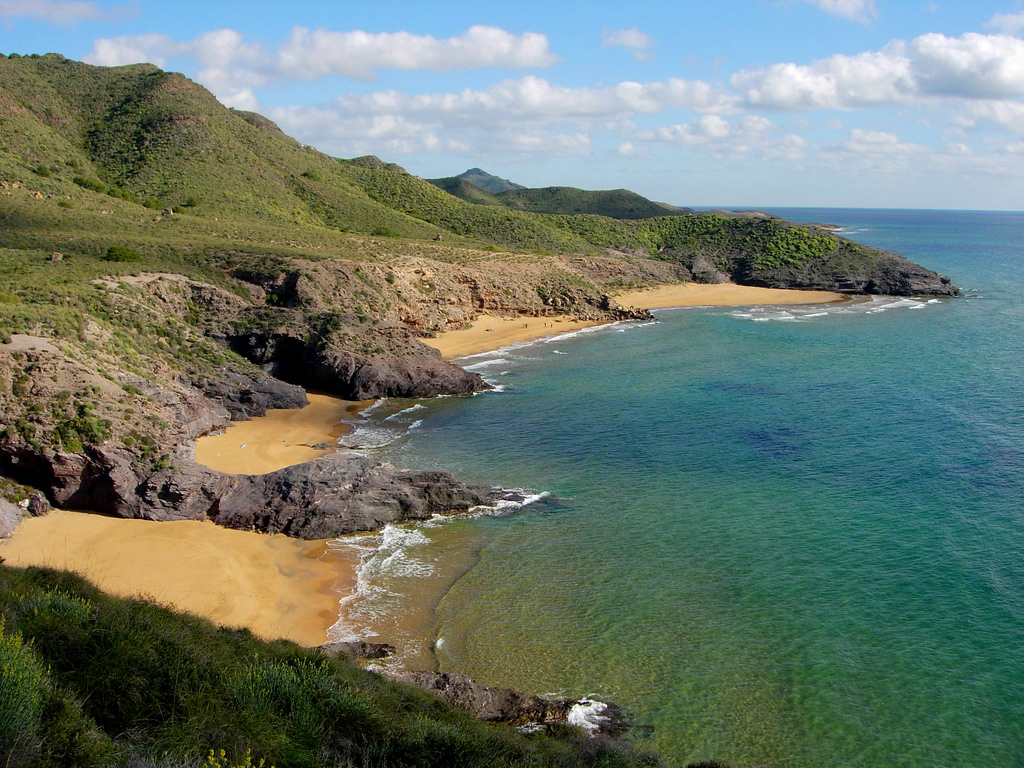
Ver mapa más grande
2. Playa de La Manga
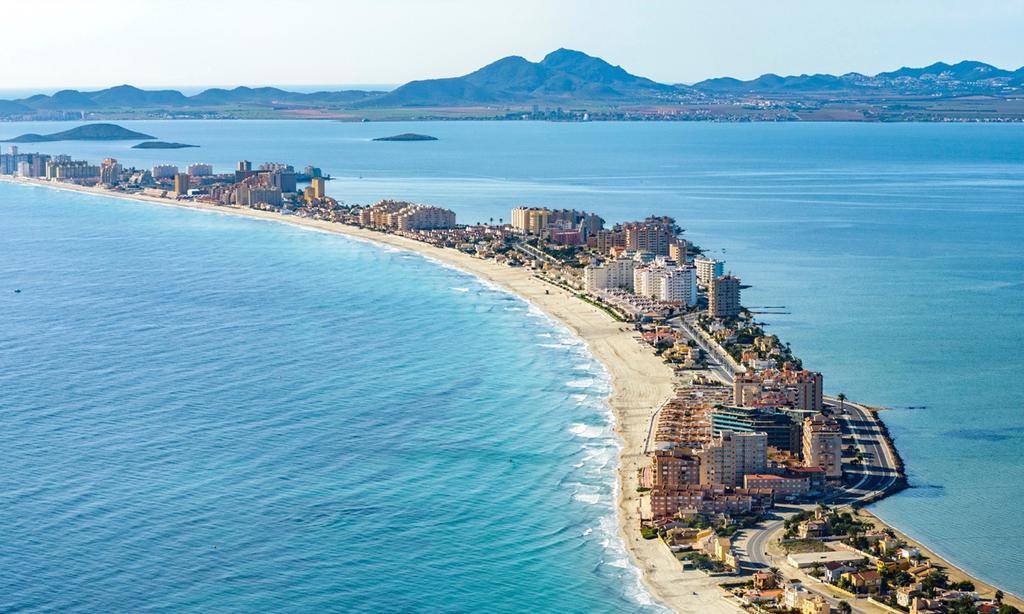
Ver mapa más grande
3. Playa de los Cocedores del Hornillo(Águilas)

Ver mapa más grande
4. Playa de Bolnuevo (Mazarrón)

Ver mapa más grande
5. Playa de Estacio (San Javier)
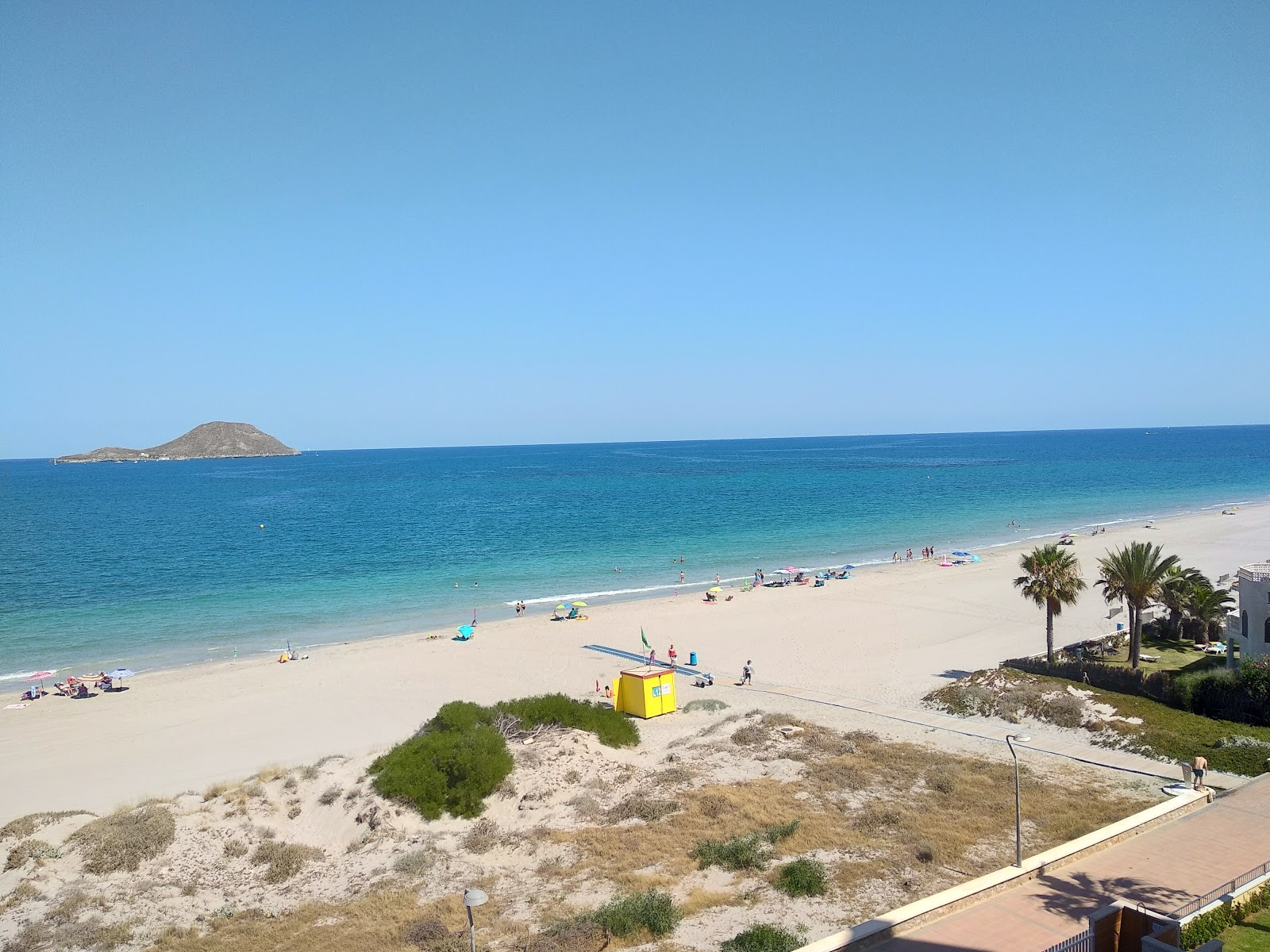
Ver mapa más grande
6. Playa de Puerto de Mazarrón (Mazarrón)
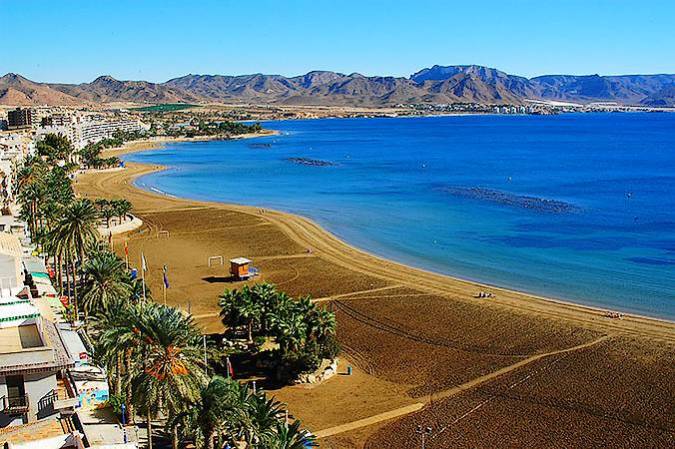
Ver mapa más grande
7. Playa de La Llana (San Pedro del Pinatar)
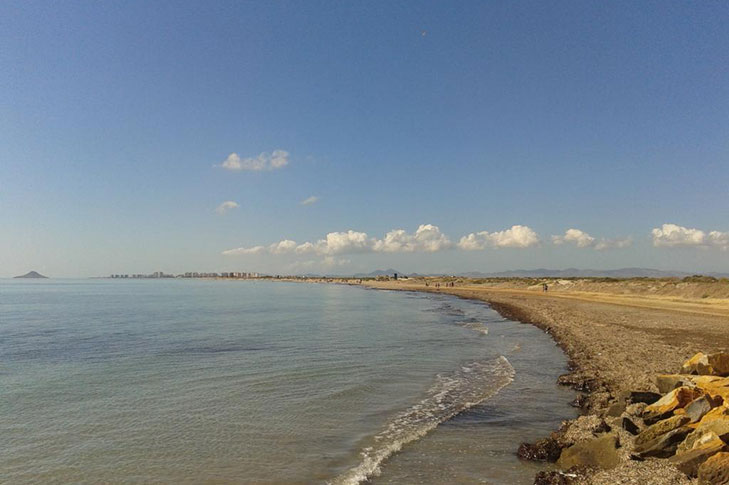
Ver mapa más grande
8. Playa de El Portús (Cartagena)
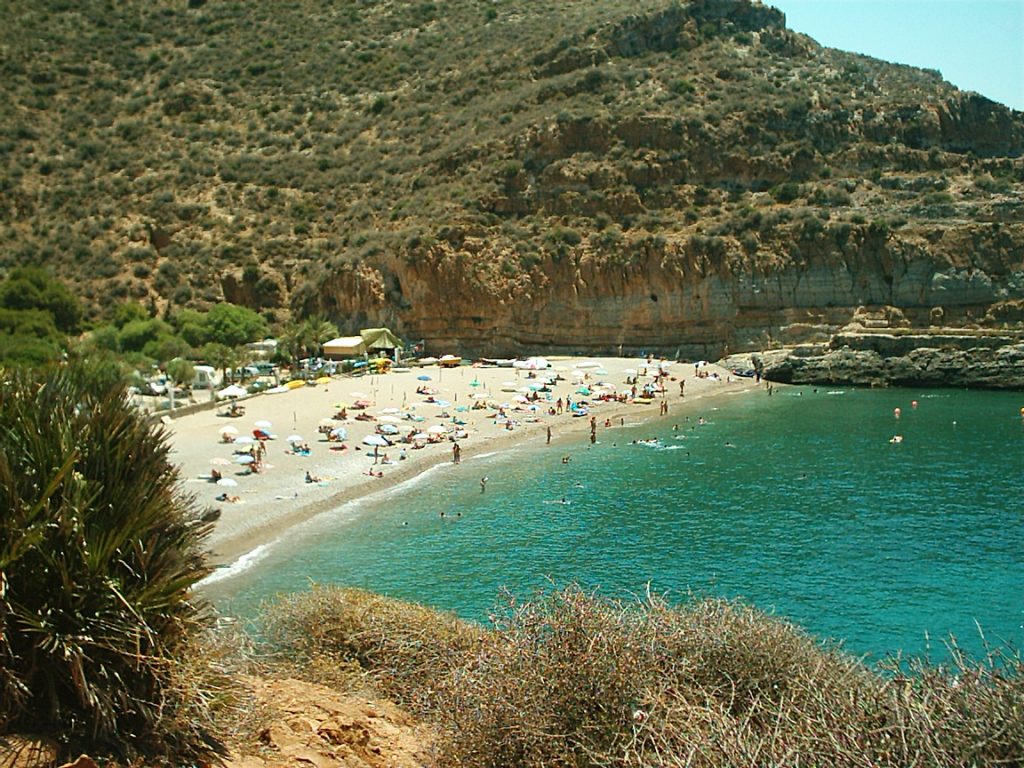
Ver mapa más grande
9. Playa Mar de Cristal (Cartagena)
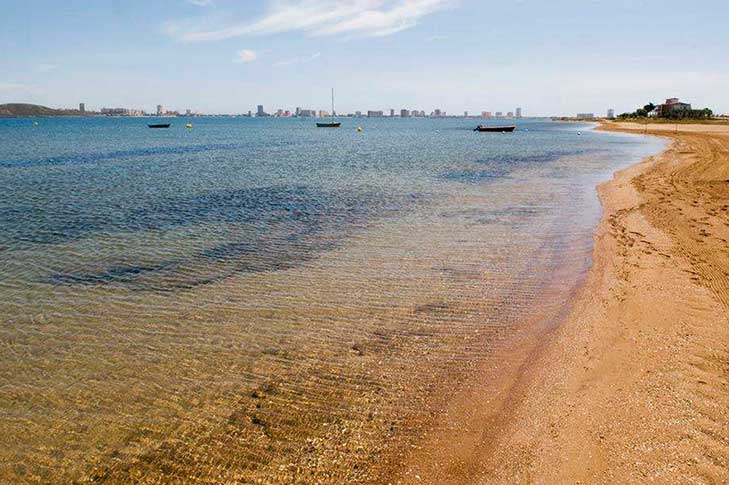
Ver mapa más grande
10. Cala Cortina (Cartagena)
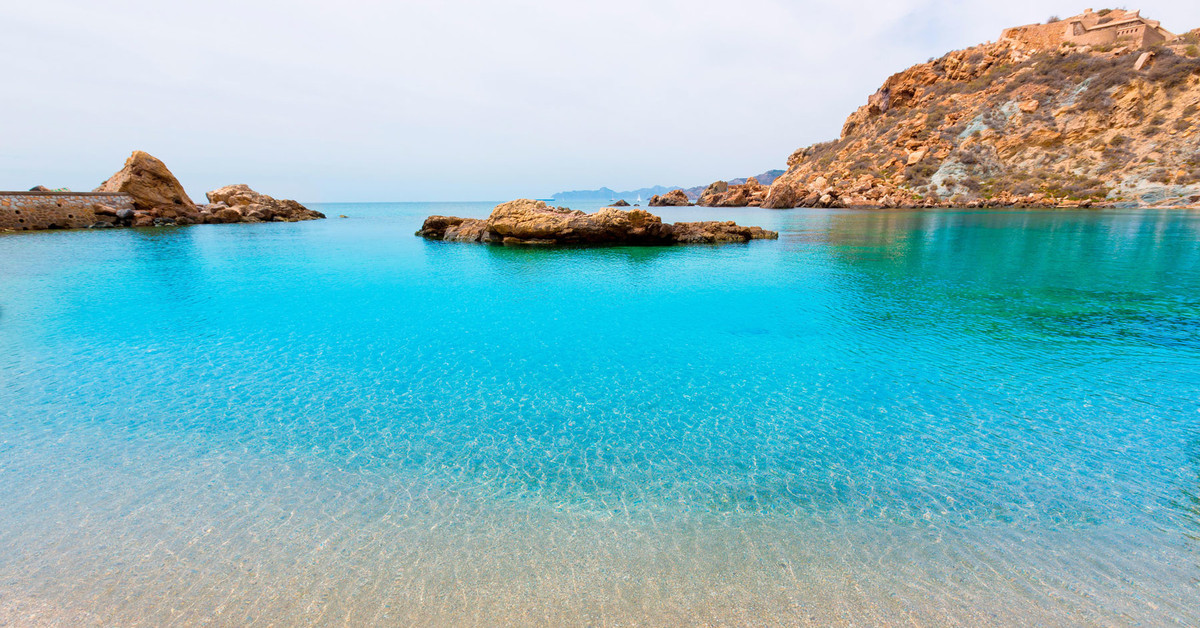
Ver mapa más grande
 1
Like
Published at 12:04 AM Comments (3)
1
Like
Published at 12:04 AM Comments (3)
Spam post or Abuse? Please let us know
|
|